Chaco Canyon; Where the spirits tell a story
Introduction to Chaco Canyon – A Journey back in time
Chaco Canyon is a truly remarkable place to visit, offering a unique and unparalleled glimpse into the ancient past. The canyon, located in northwest New Mexico, was once the center of a thriving Puebloan culture that flourished between 850 and 1250 AD. Today, the ruins of this civilization can be explored and admired at the Chaco Culture National Historical Park.

One of the most striking things about Chaco Canyon is the architectural complexity and engineering skill of the ancient Puebloans. The ruins of the great houses and kivas at Chaco are truly awe-inspiring, showcasing the advanced technology and building techniques used by the ancient inhabitants of the canyon. The Puebloan people constructed massive multi-story buildings with hundreds of rooms, and aligned them with astronomical events, like the solstices and equinoxes.
Another remarkable aspect of Chaco Canyon is the sense of connection to the land and the natural environment that is evident in the ruins. The Puebloan people lived in harmony with their surroundings, and the ruins at Chaco Canyon demonstrate an intricate understanding of the natural world and the cycles of the earth. From the construction of the buildings to the use of irrigation systems, the ancient Puebloans at Chaco Canyon were in tune with their environment and made the most of the resources available to them.
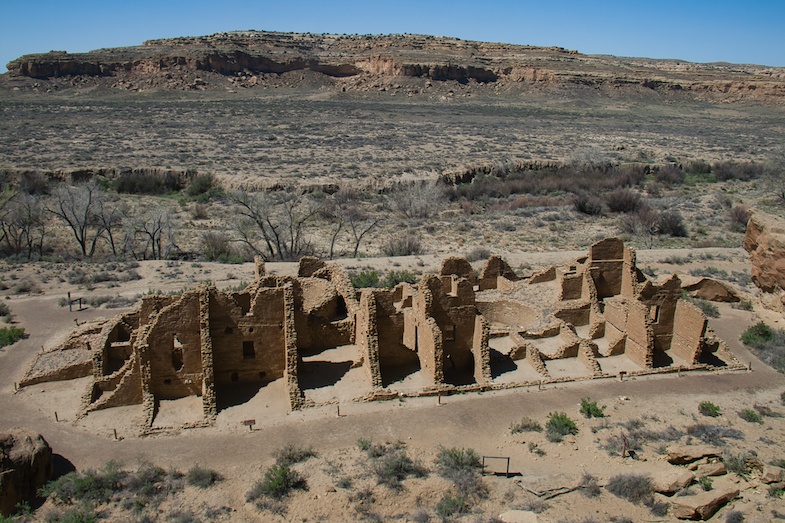
Visiting Chaco Canyon is also an opportunity to learn about and appreciate the rich cultural heritage of the Puebloan people. The park offers guided tours, ranger talks, and educational programs that provide a deeper understanding of the ancient civilization that once flourished in the canyon. The park also offers a variety of recreational activities, such as hiking and camping, that allow visitors to immerse themselves in the natural beauty of the area and connect with the land in the same way that the ancient Puebloans did.
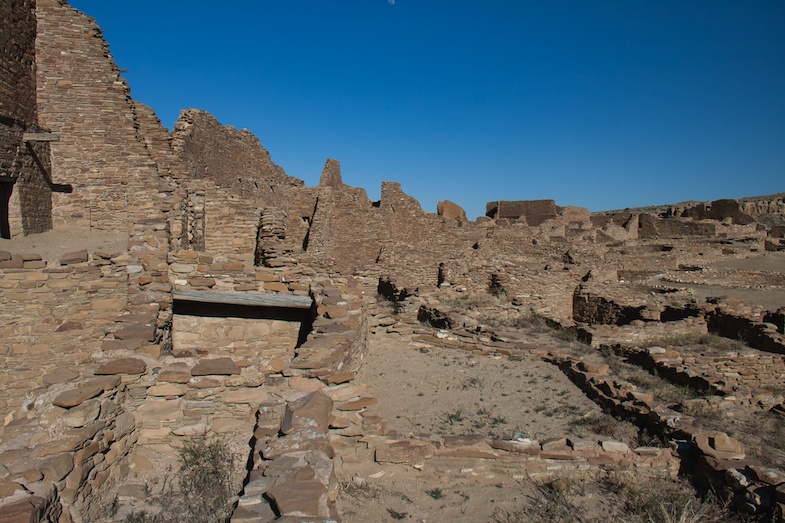
Here is my personal experience at Chaco Canyon National Historical Park
A few years ago I saw an old Robert Redford documentary on the Chaco Culture National Historical Park—I was completely surprised that I’d never heard of this wondrous place before. After watching the documentary, I knew it was somewhere I had to go one day. “One day” came in 2011 and again in 2020 (when this post was updated)…here’s my adventure.
Coming from Santa Fe, I was working my way through New Mexico. Chaco Canyon was on my radar, which is near the “Four Corners” area that I had been exploring. The elevation is around 6500′ and so the weather this time of year (it was May) was absolutely perfect, maybe 80 for a high and 50s for a low. As I neared the area of Chaco, taking several remote county roads, I began the arduous drive down a rough dirt road. I knew I was in the right area, going in the right direction, but kept questioning how there could be a national park in an area this seemingly inaccessible. After arriving at the visitors center, I learned that the road is not paved for a reason—they intentionally want to minimize the amount of people in the park to help preserve it. It was a fairly rough journey, even in my four wheel drive truck, but let me tell you…so worth it.

Chaco Canyon is a special place for many reasons. For one, it’s not that popular, so it’s a joy to explore without being inundated by crowds or traffic. One of the reasons for the lack of tourists, as I mentioned, is the dirt road as you approach the park, however once inside Chaco, all the roads (except for the camp grounds) are paved. Chaco is remarkable for its multi-storied “Great Houses,” ceremonial structures and distinctive architecture. The buildings of Chaco required considerable planning, designing, organizing of labor, and industrious engineering to construct. It’s a marvel like nothing I’ve seen before. It’s also feels like a very spiritual place…very quiet and peaceful.
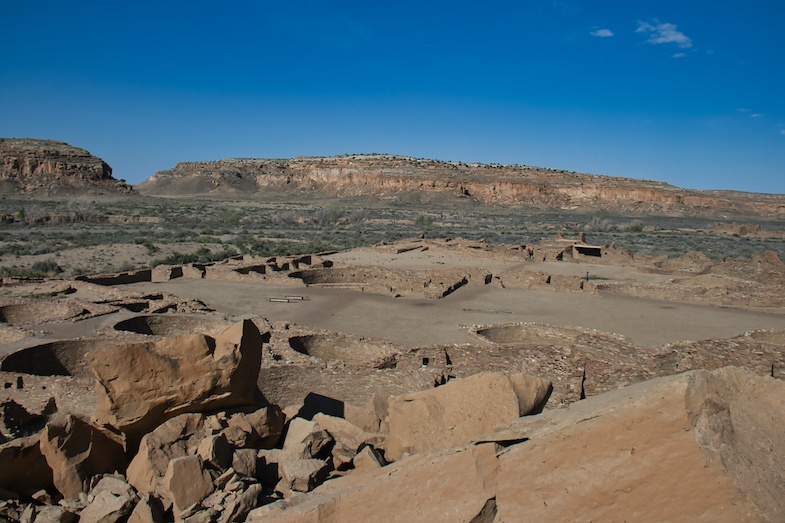
During the time of Chaco’s construction, methods changed…quite significantly in fact. asked one of the park rangers about this and he told me they believe it was due to several factors—from technique evolution, to most likely, a change in available resources. Because the surrounding land is so barren, one of the first questions I asked myself when I entered the park was, “Where’s the water?” There was no water to be found anywhere, it only appeared seasonally. How did these people survive? Initially archeologist thought that perhaps 1000 years ago there was water, but later concluded through research that this was not the case. It’s still a mystery today how the Chacoans survived for more than three hundred years with so little water available. The most obvious answer is that they created damns and other storage methods when it did rain, but on average this area only receives about 8″ per year. As you look around, it’s really an inhospitable land, with very little vegetation or wildlife to speak of.
Chaco Canyon was a major hub for trade and administration—unlike anything before or since. Something else I found fascinating was the fact that these people combined sophisticated architectural elements in their structures, from astronomical alignments, geometry, landscaping, and, complex engineering to create an ancient urban oasis. The sheer size of Chaco is incredibly impressive.
As my first day of exploring was coming to an end, I made my way back to the camp area were I cooked up some grub and enjoyed some relaxing time in my hammock. Because there are few trees to speak of, I had to get creative in how I hung the hammock. After a good deal of contemplation, I was able to use two large boulders to affix my hammock straps.
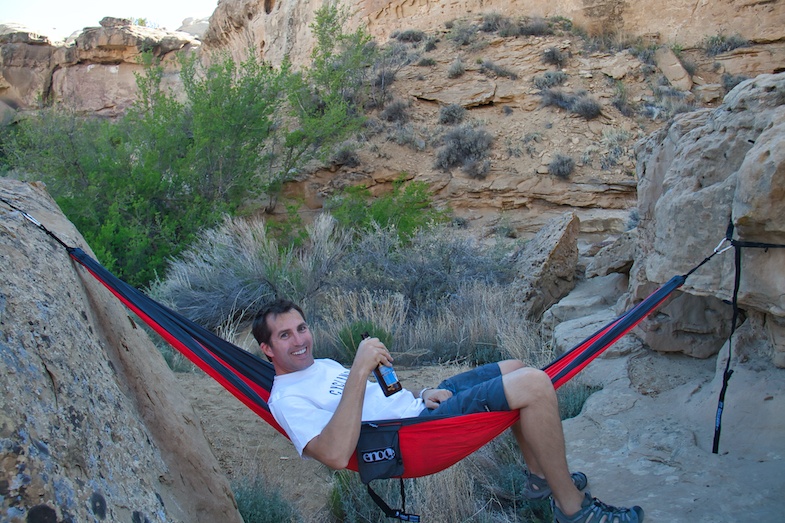
As evening approached, bringing darkness with it, I headed over to the visitors center for an interpretive program put on by the park rangers. This was a really special experience, the rangers not only talk about the history of Chaco Canyon, and many of the hypothesis’s, but they also make available the observatory and telescopes for visitors to view one of the darkest skies in the country. Because Chaco is so remote, there is little light pollution. Just don’t go when there is a full moon like I did. Even with the full moon, we were able to see many of the planets, the most impressive of which was Saturn.
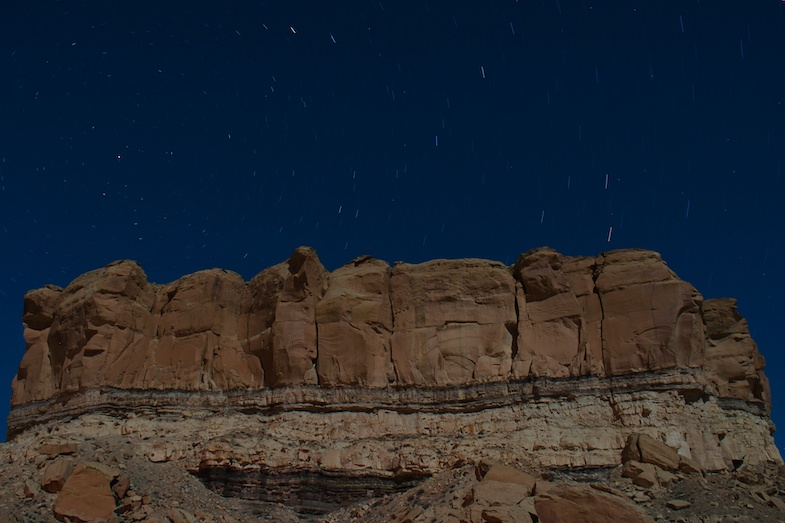
The next morning I cooked up some breakfast, packed up camp and enjoyed one more siesta in my hammock before heading off to do some back-country exploring. I climbed to the top of the northern wall of Chaco Canyon and enjoyed some amazing birds-eye views of the valley and structures below. I also found an area full of pottery shards, these pieces of history date back some 1000 years.
By mid-afternoon I was off to my next destination, which was Mesa Verde National Park. Well that’s it from Chaco Canyon, I hope you found this article helpful and interesting. Below is a bit of information before coming to the park. So, until next time, we’ll see ya on the road…
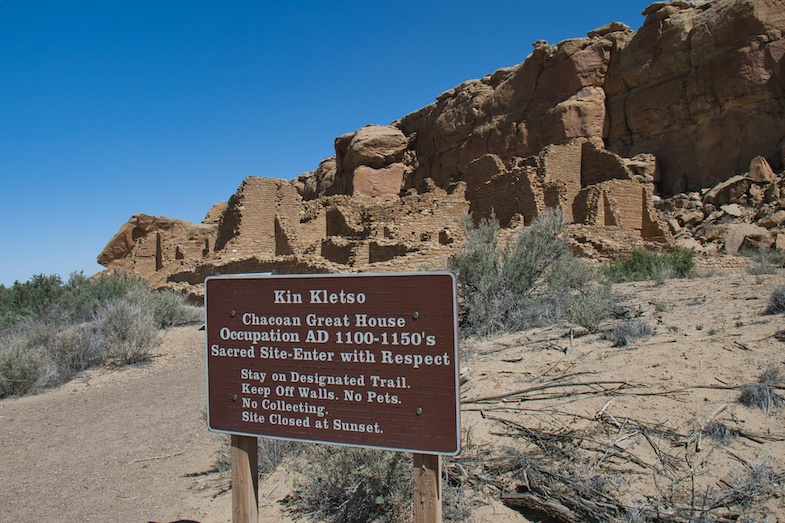
Information on Visiting this Historical Park:
- Recommendations: I recommend camping out for a night, it’s tough to fully appreciate the park in one day. Plus, Chaco Canyon is one of the least light-polluted places in the country and offers some spectacular star gazing opportunities. And, several days per week the Park Rangers offer an astronomy and historical lecture. Be sure to fuel up before getting close to the park.
- Camping: If you’re camping out, you may want to consider bringing firewood and making a reservation.
- Hours: 7:00 a.m. to sunset
- Entrance Fee: Was only $8 per vehicle when this was first written, now $25.
- Google Map: Click here
If you’ve been to Chaco Canyon before, please leave a comment below share your experience.
Comments are closed.



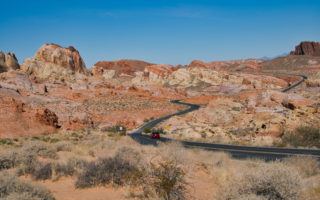
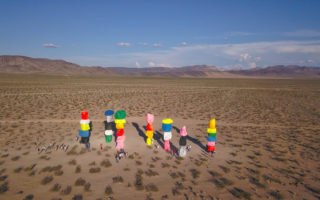


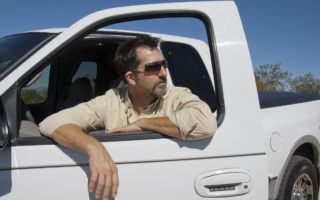
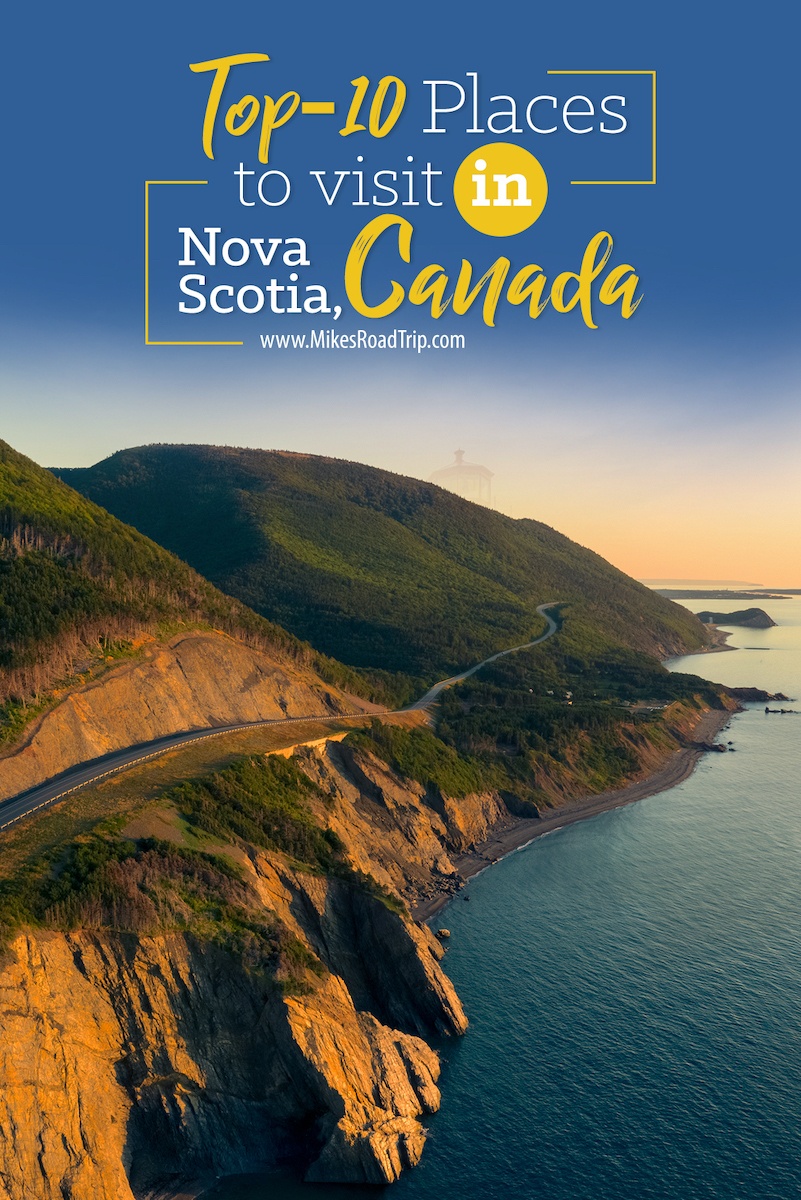
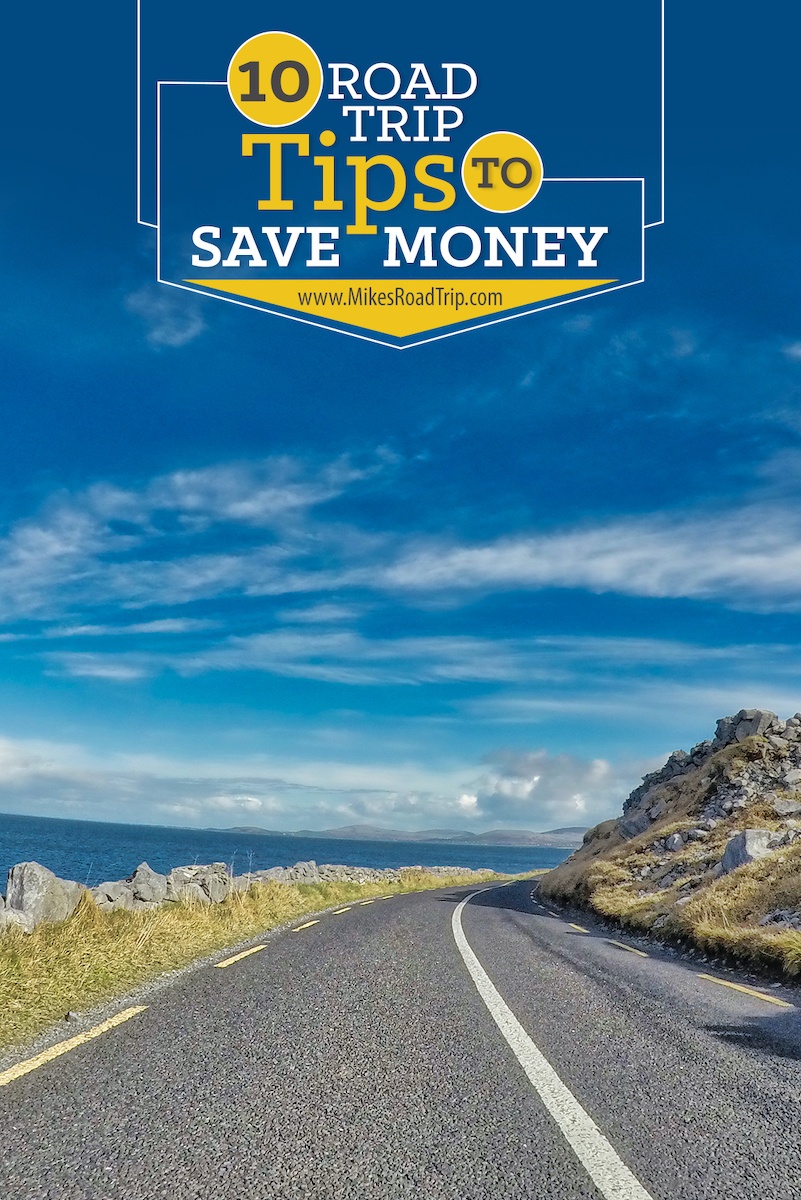
![Top-5 Best Places to visit in Belgium beyond Brussels [video included]](https://mikesroadtrip.com/wp-content/uploads/2020/07/Pin-6b.jpg)
![Top-10 Most Interesting Facts about Arizona [Video Included]](https://mikesroadtrip.com/wp-content/uploads/2020/07/Pin-2.jpg)
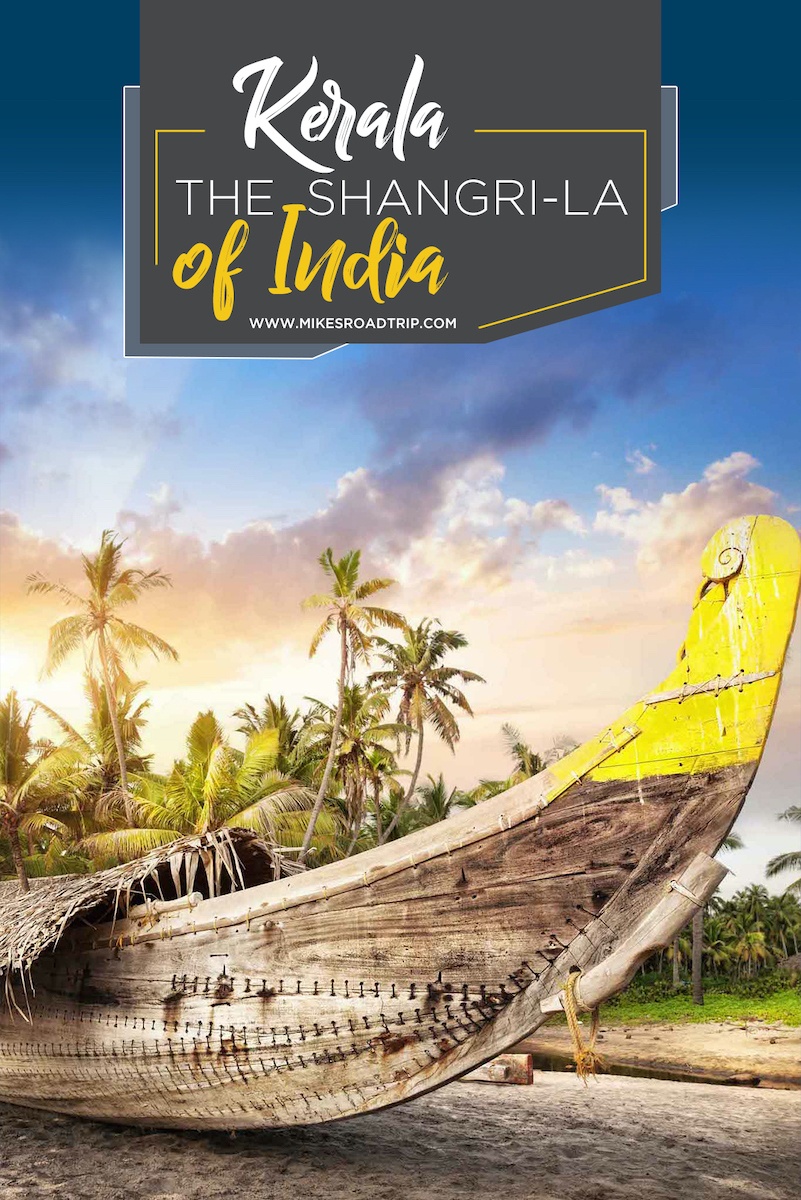
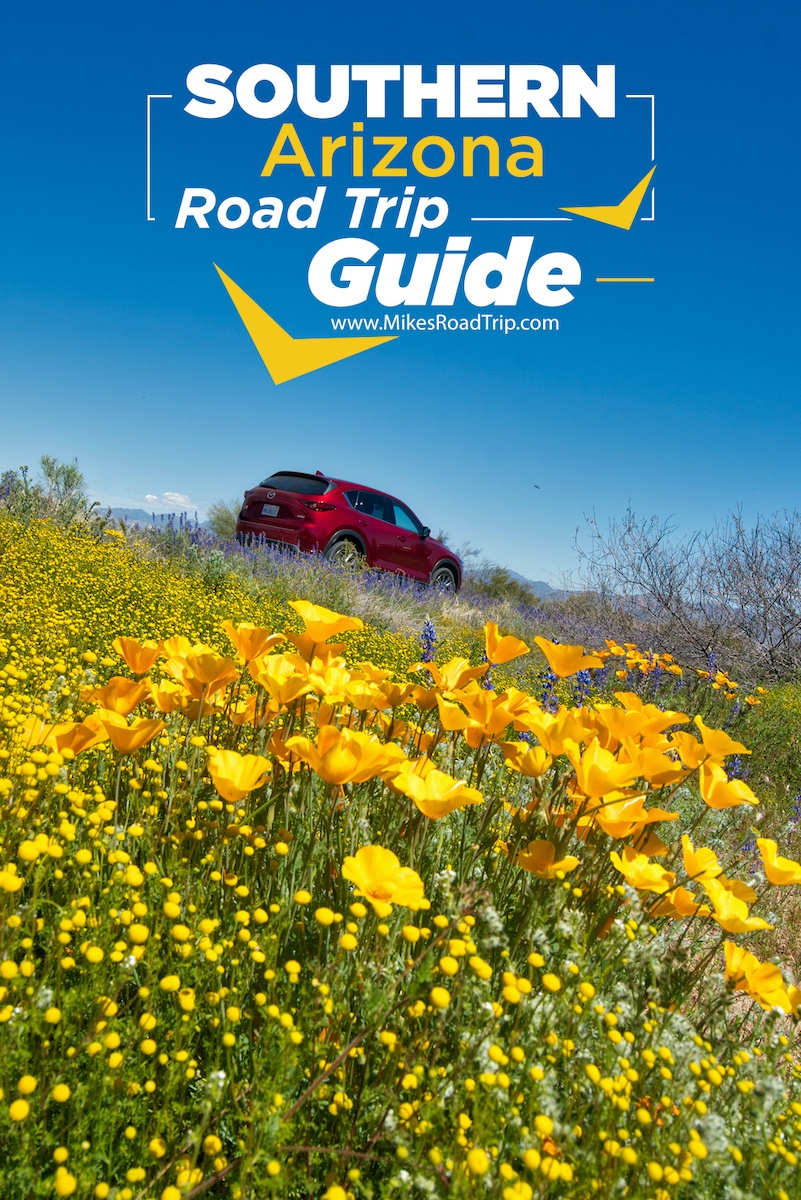
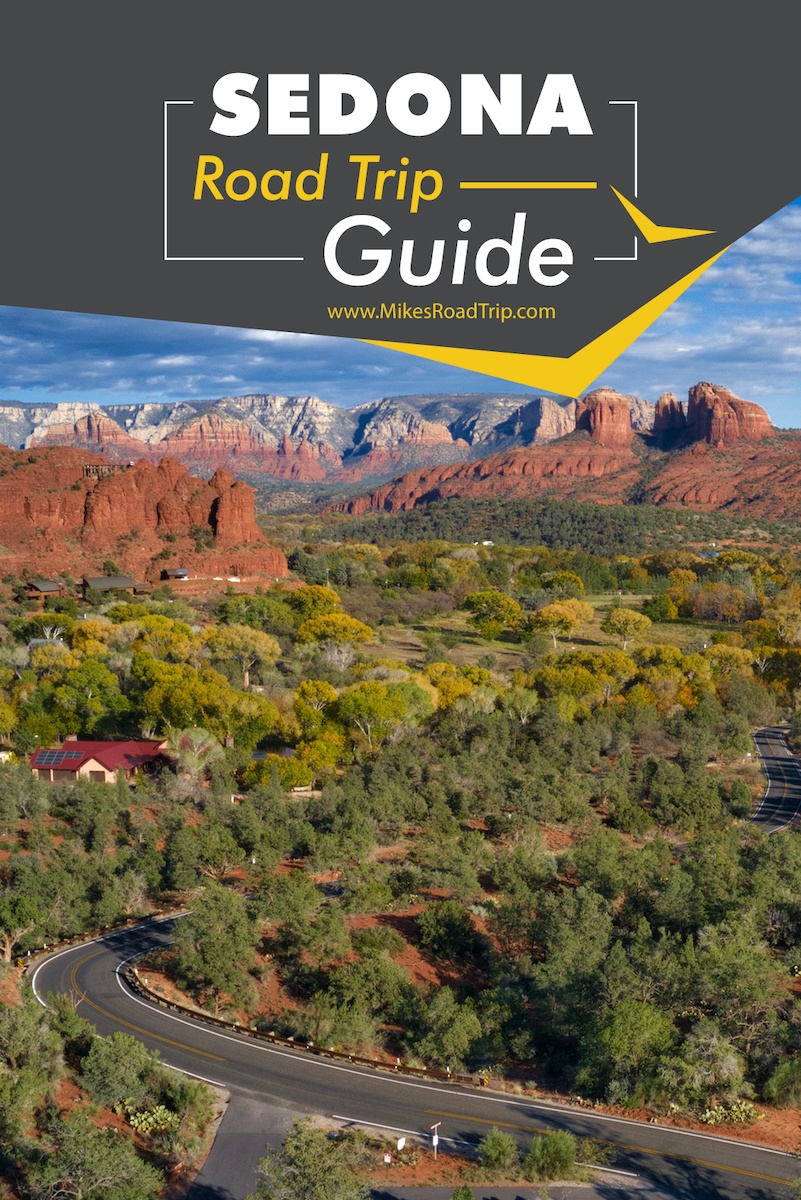
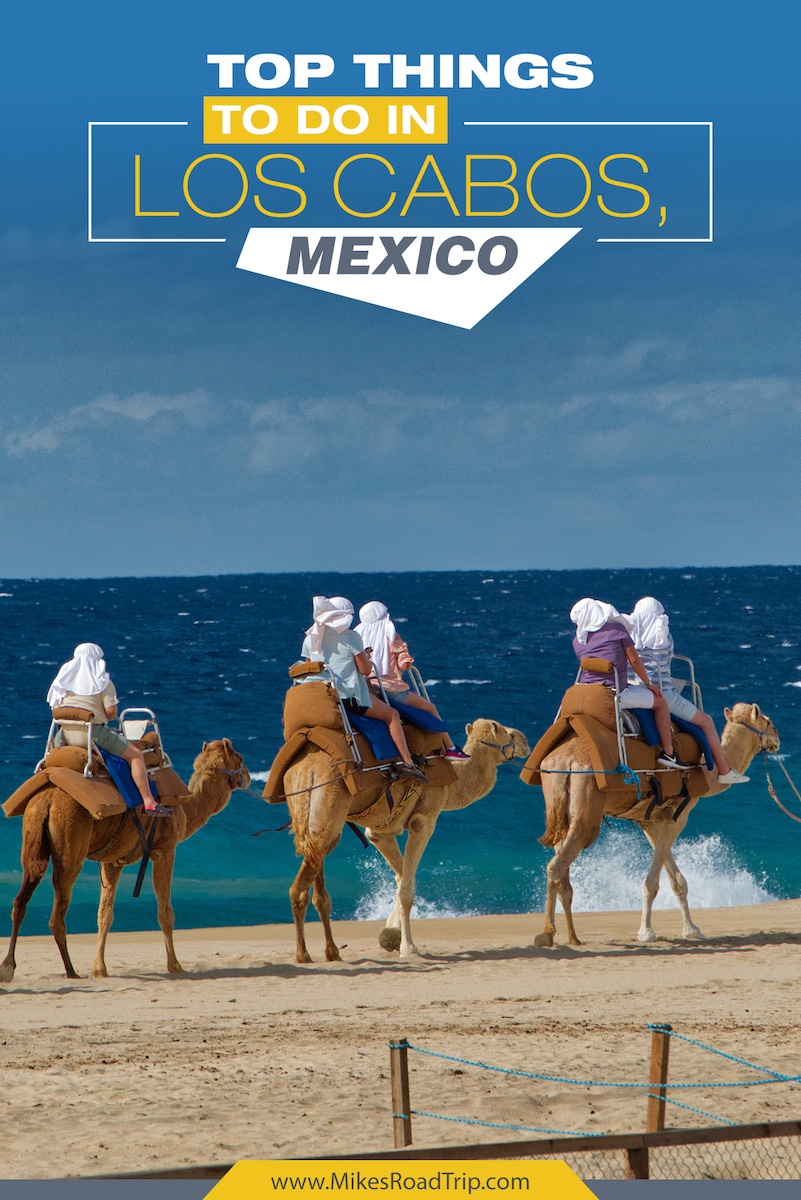
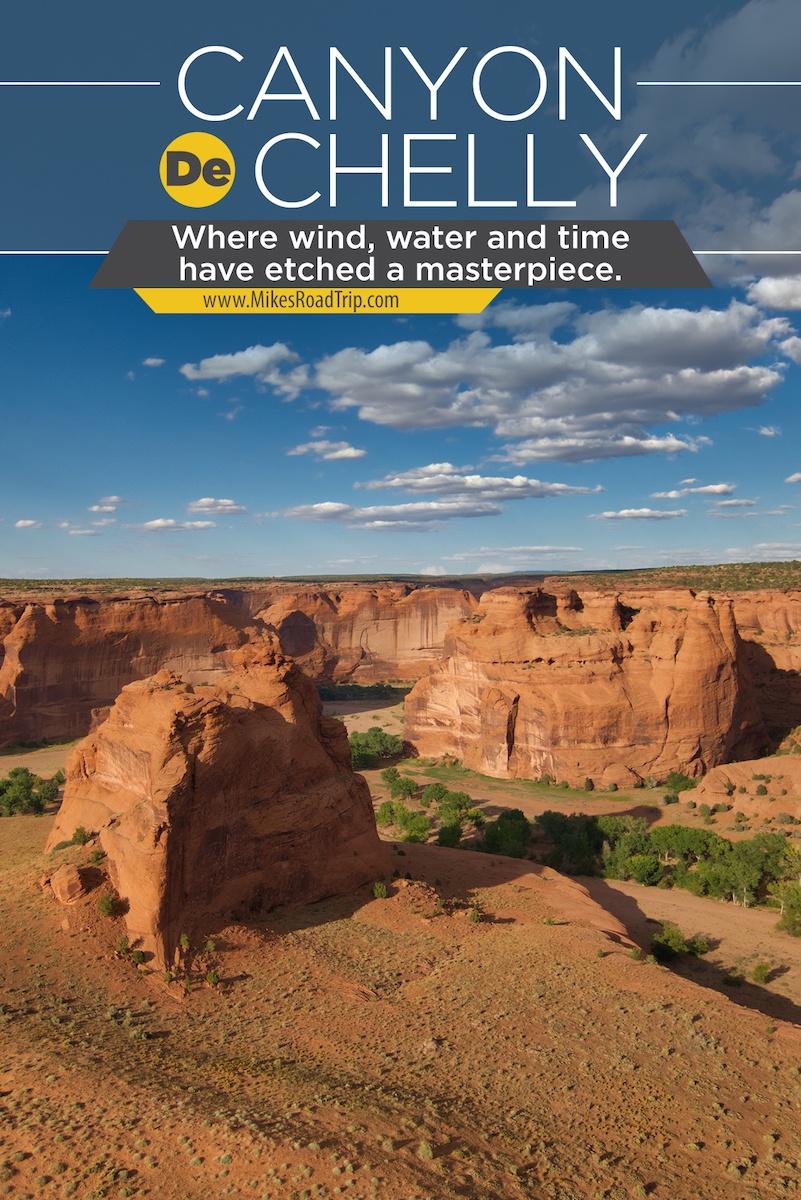
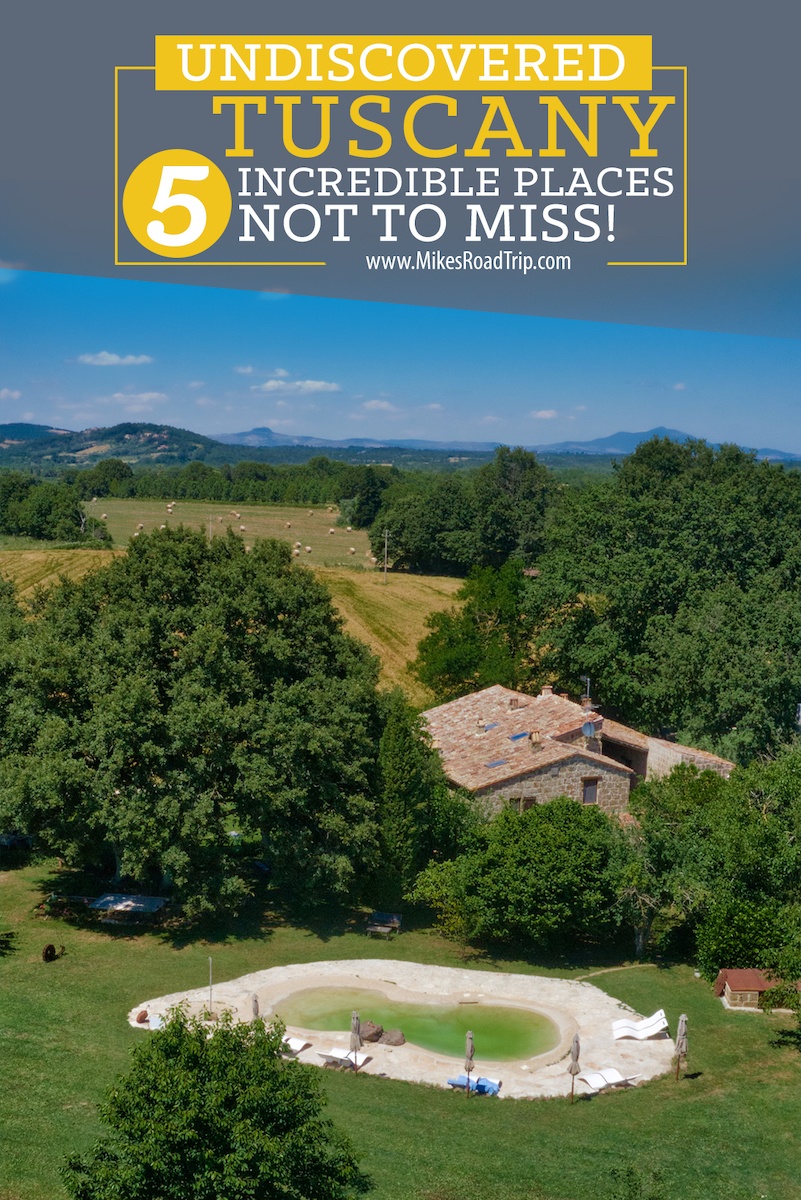
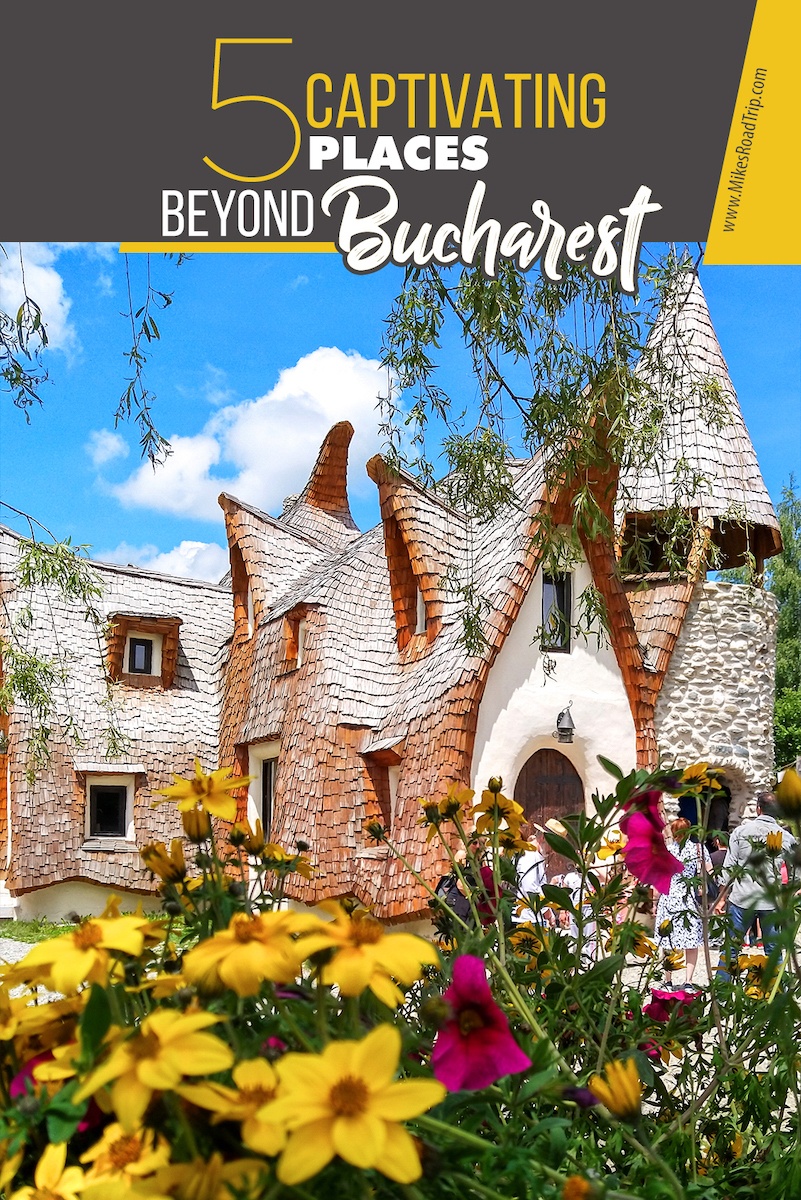
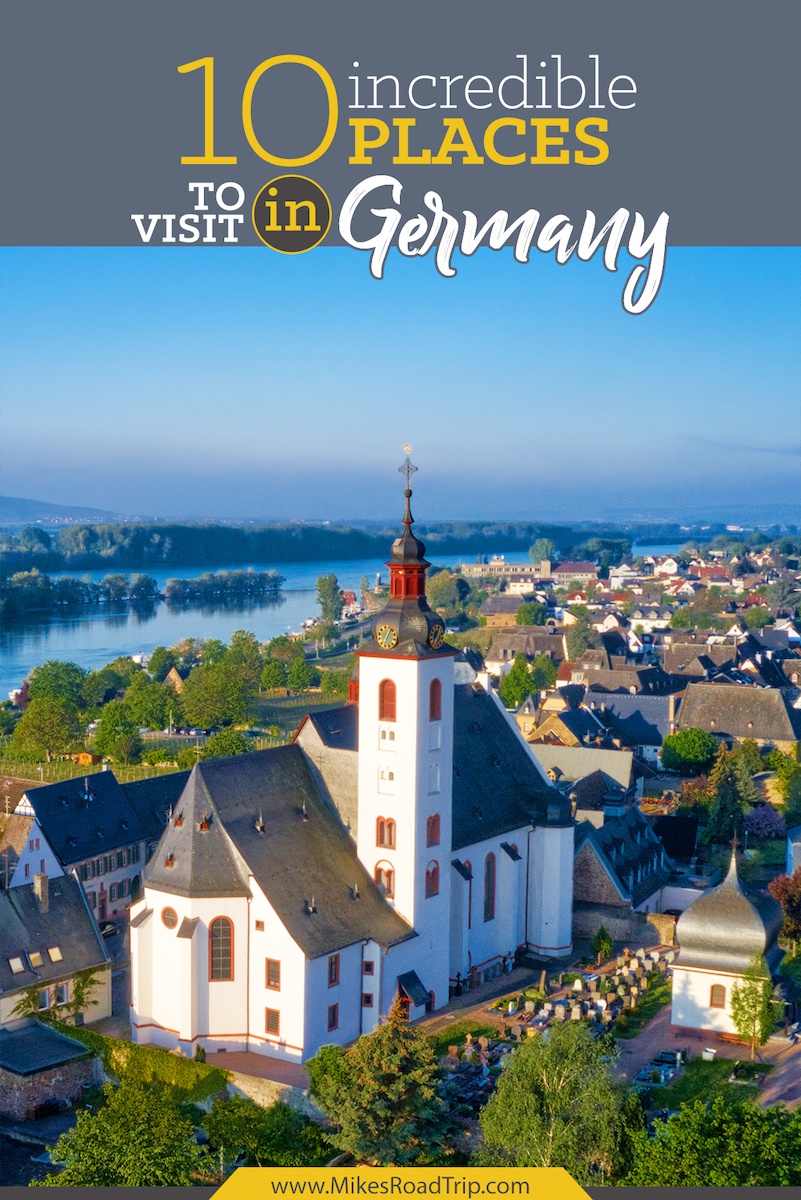
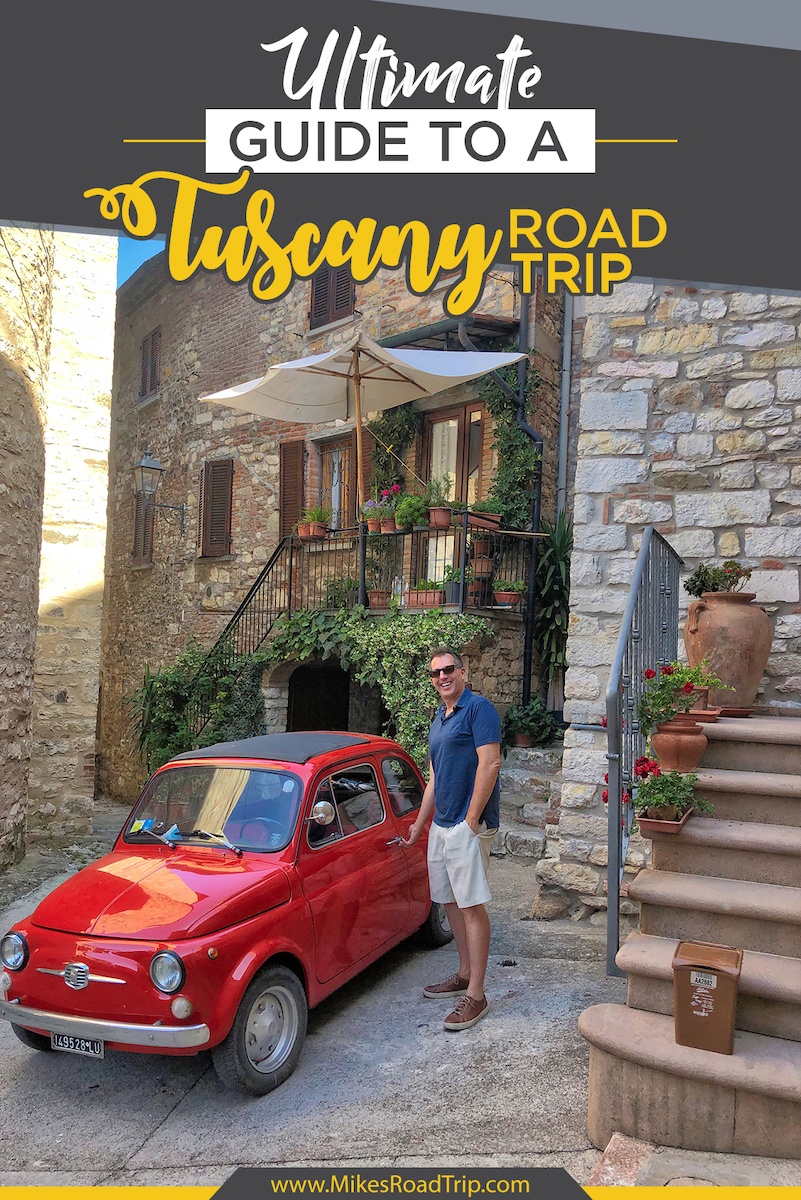

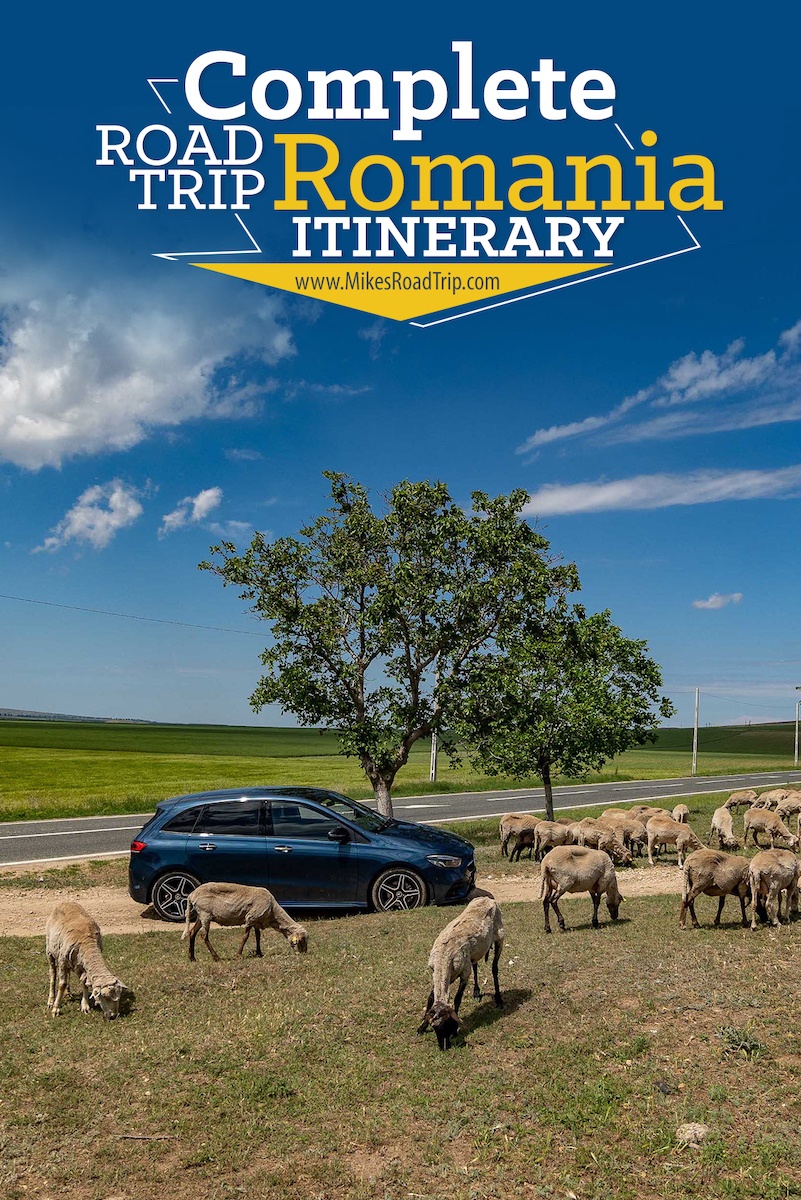


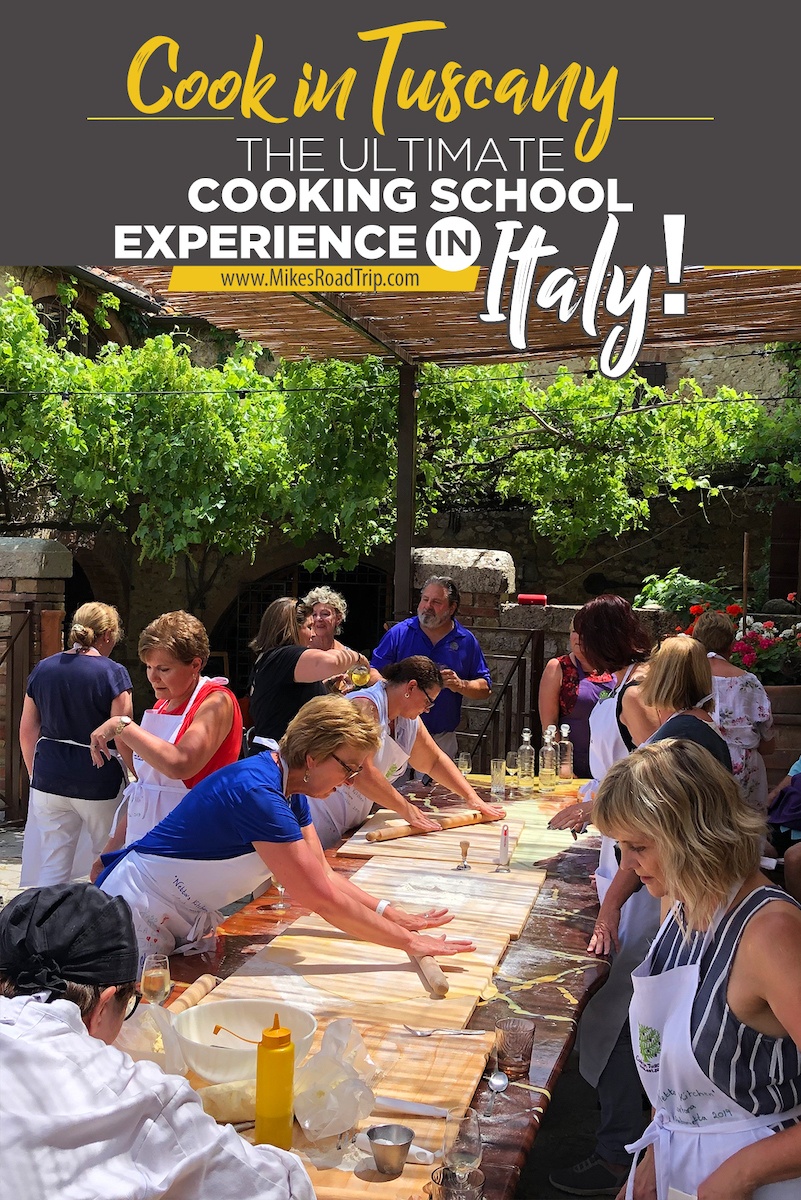
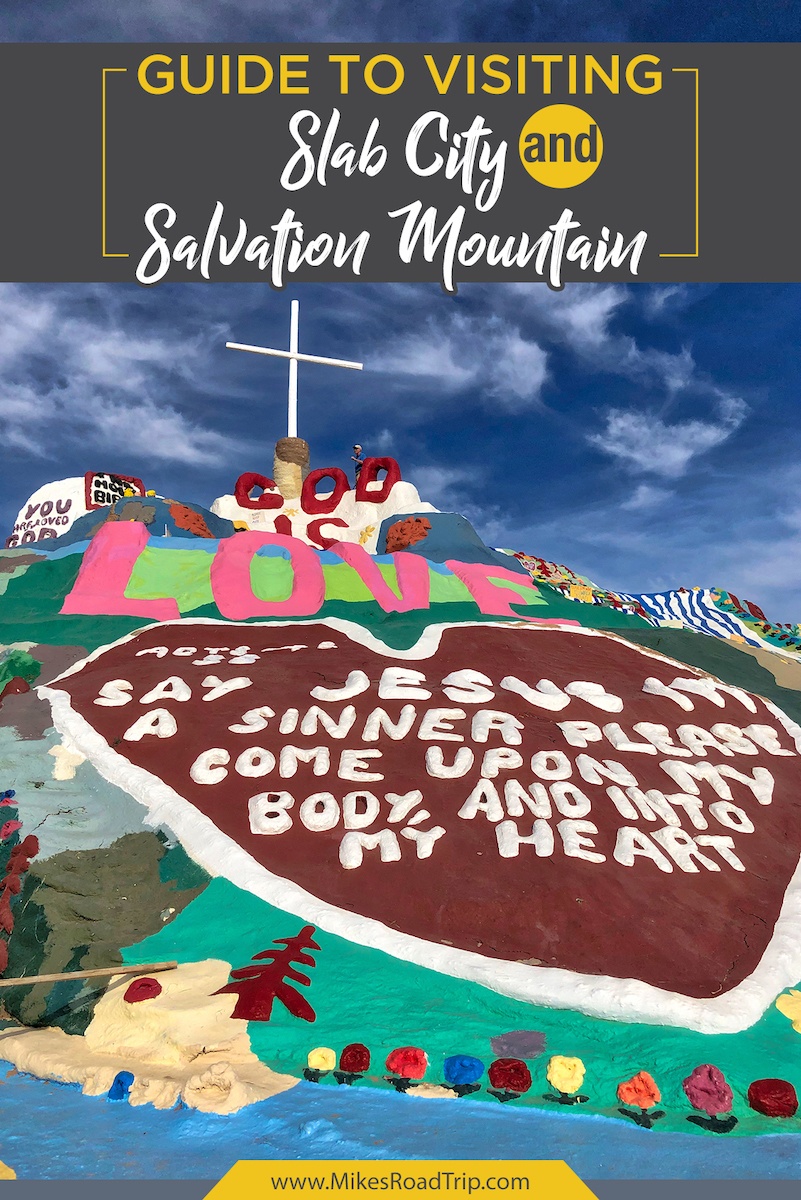
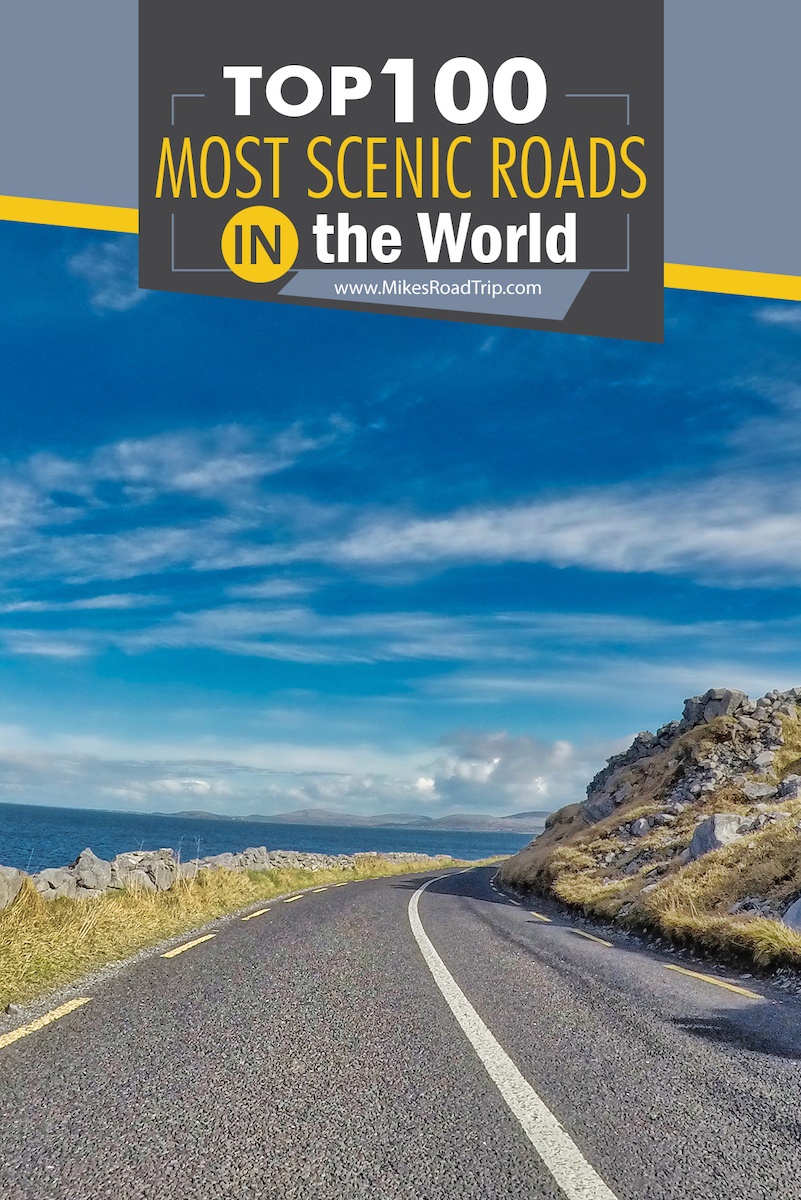
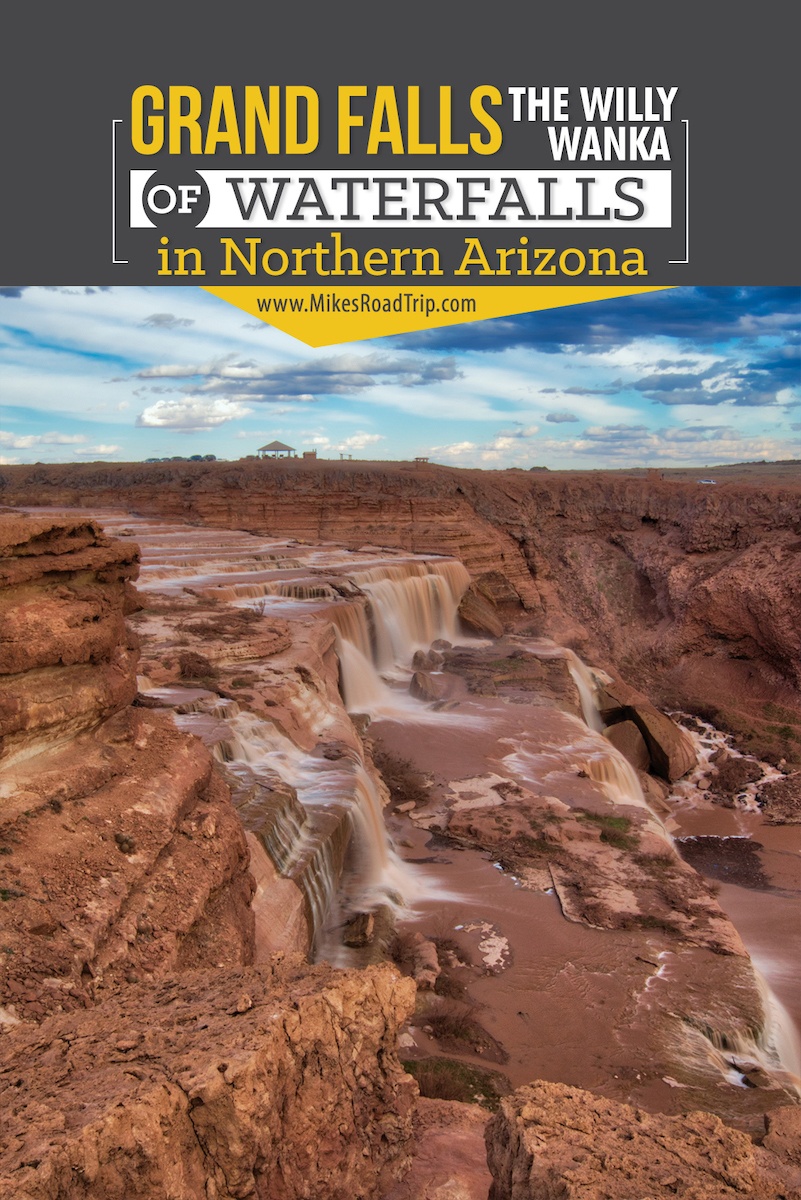
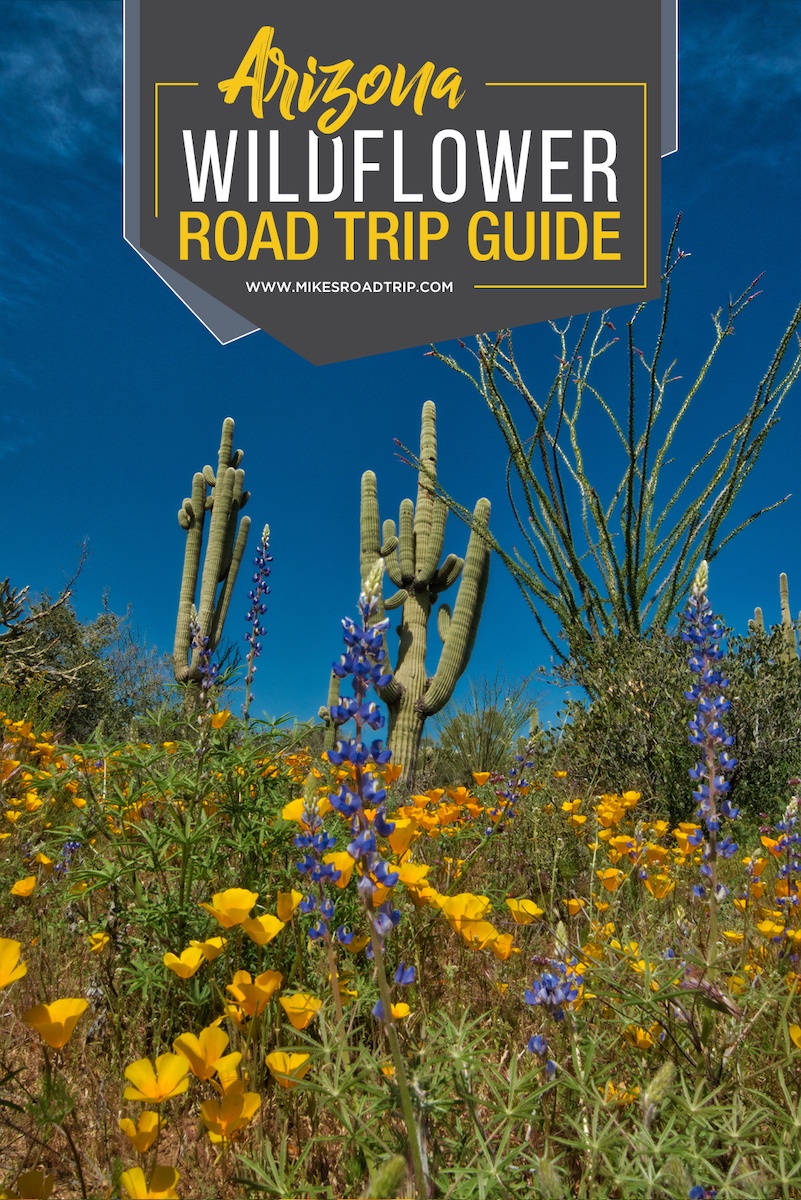
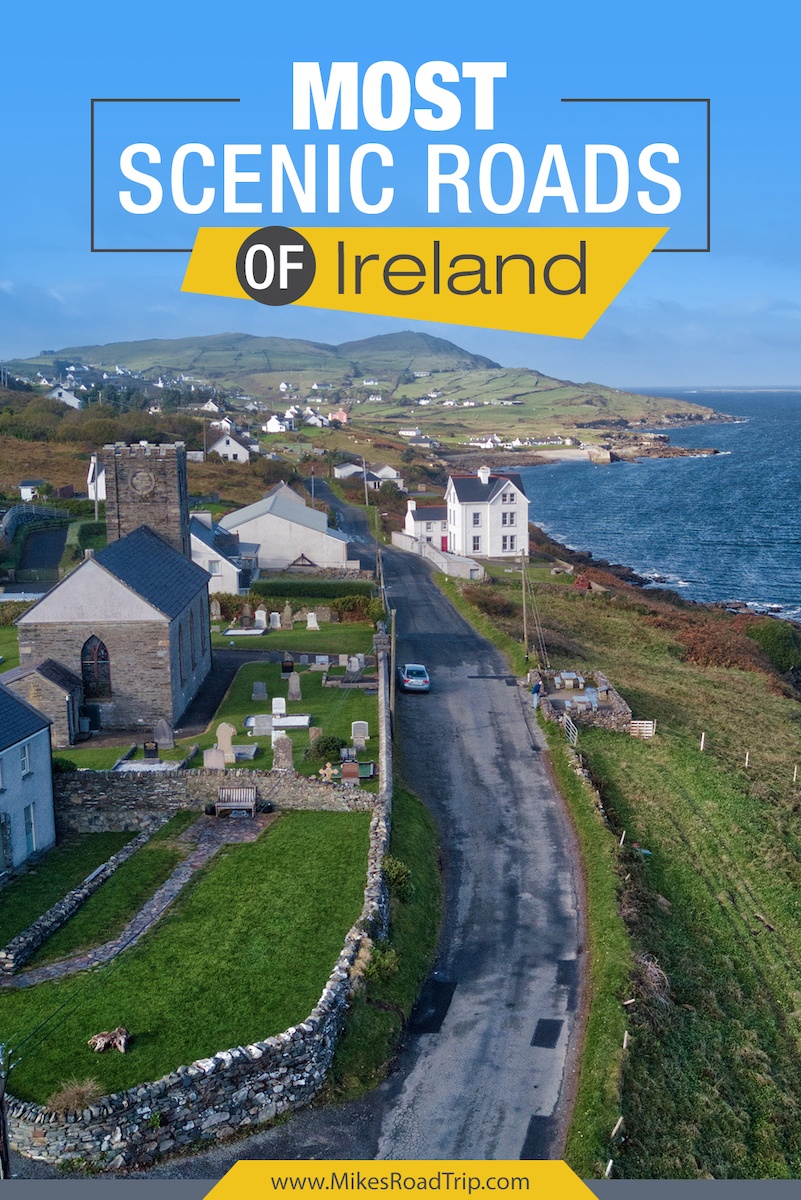


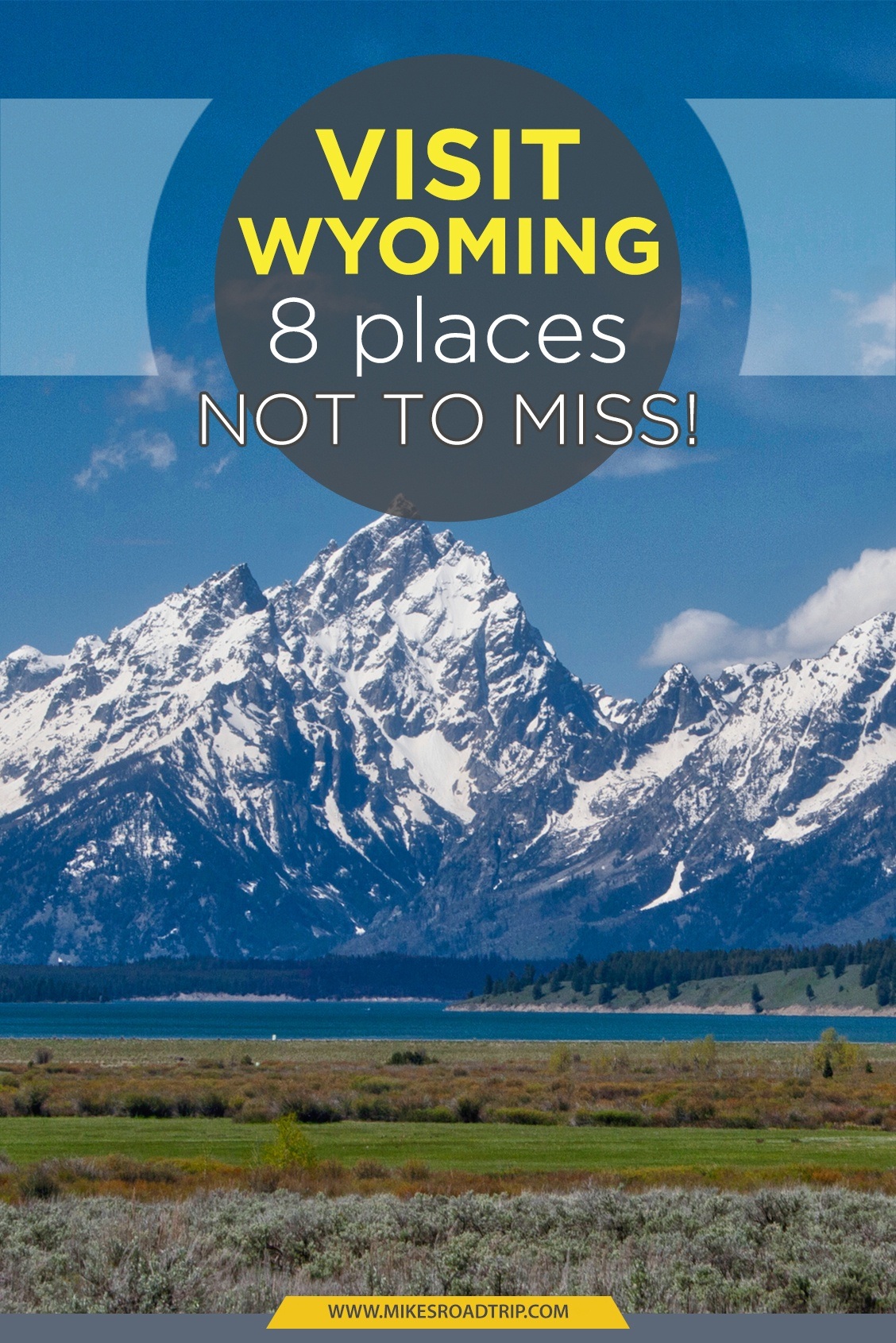
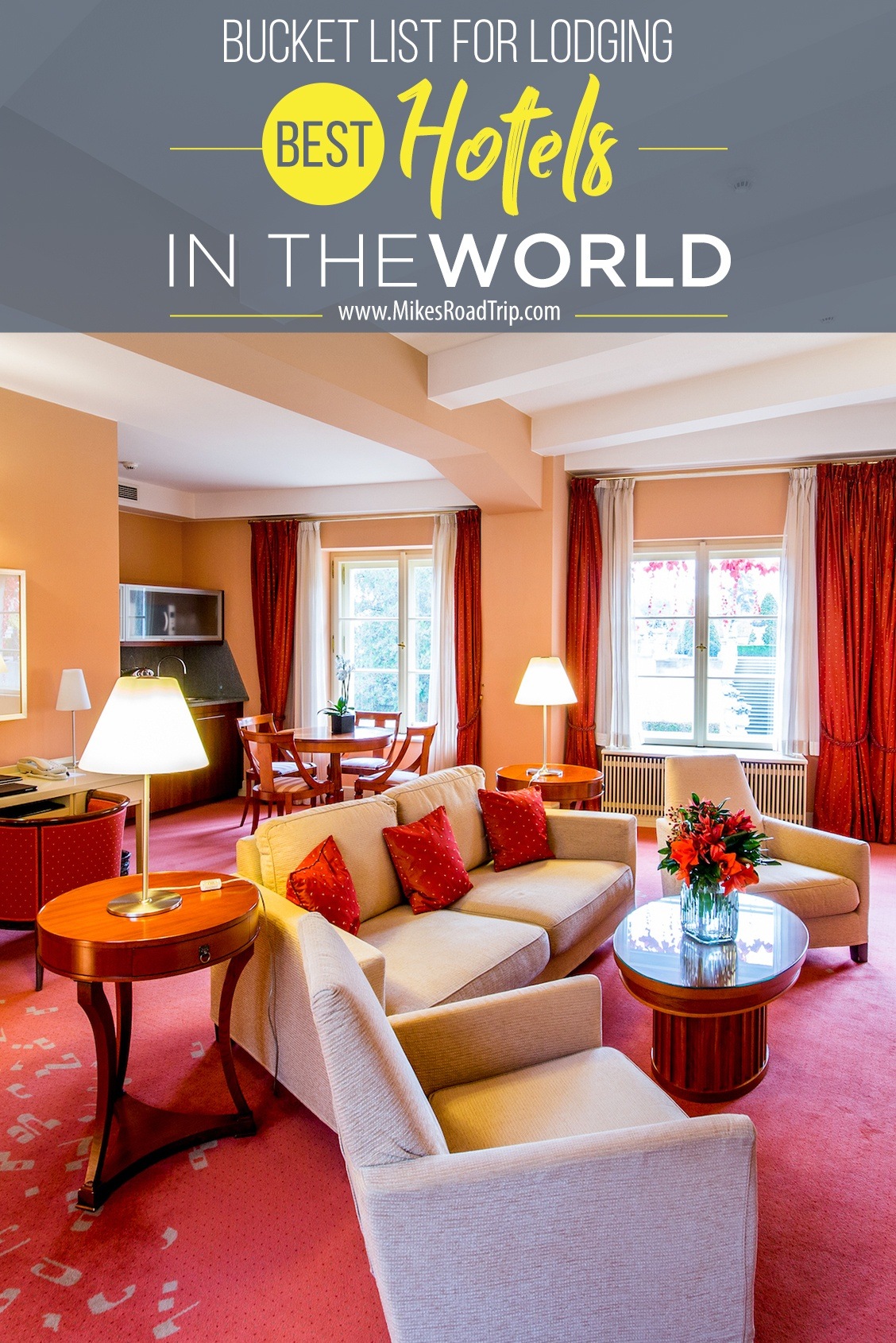
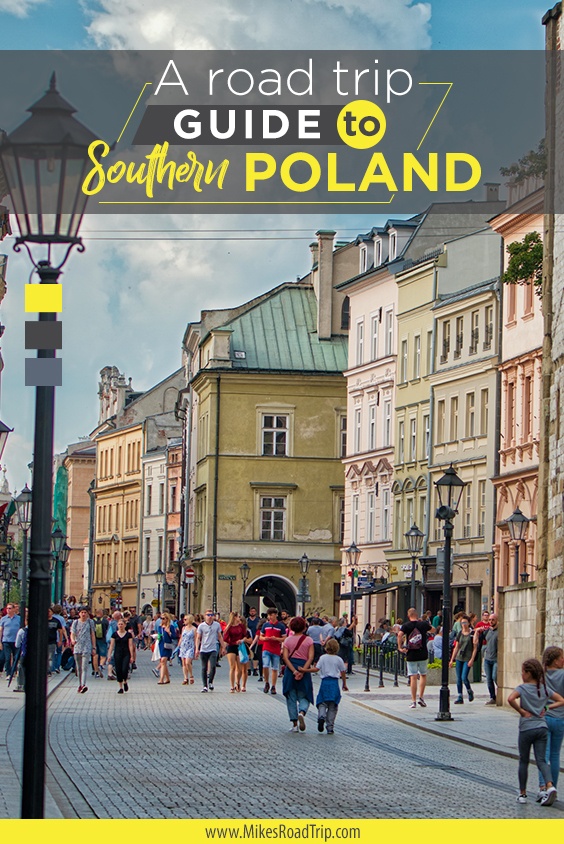
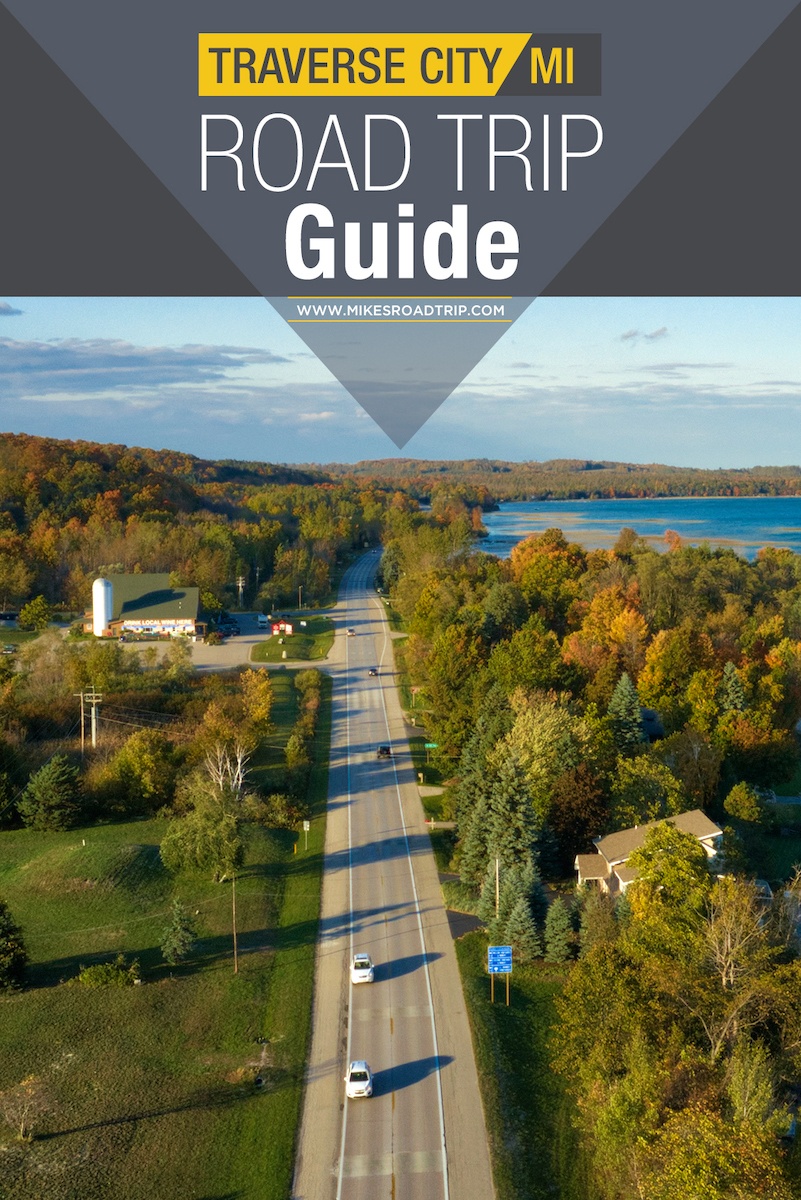
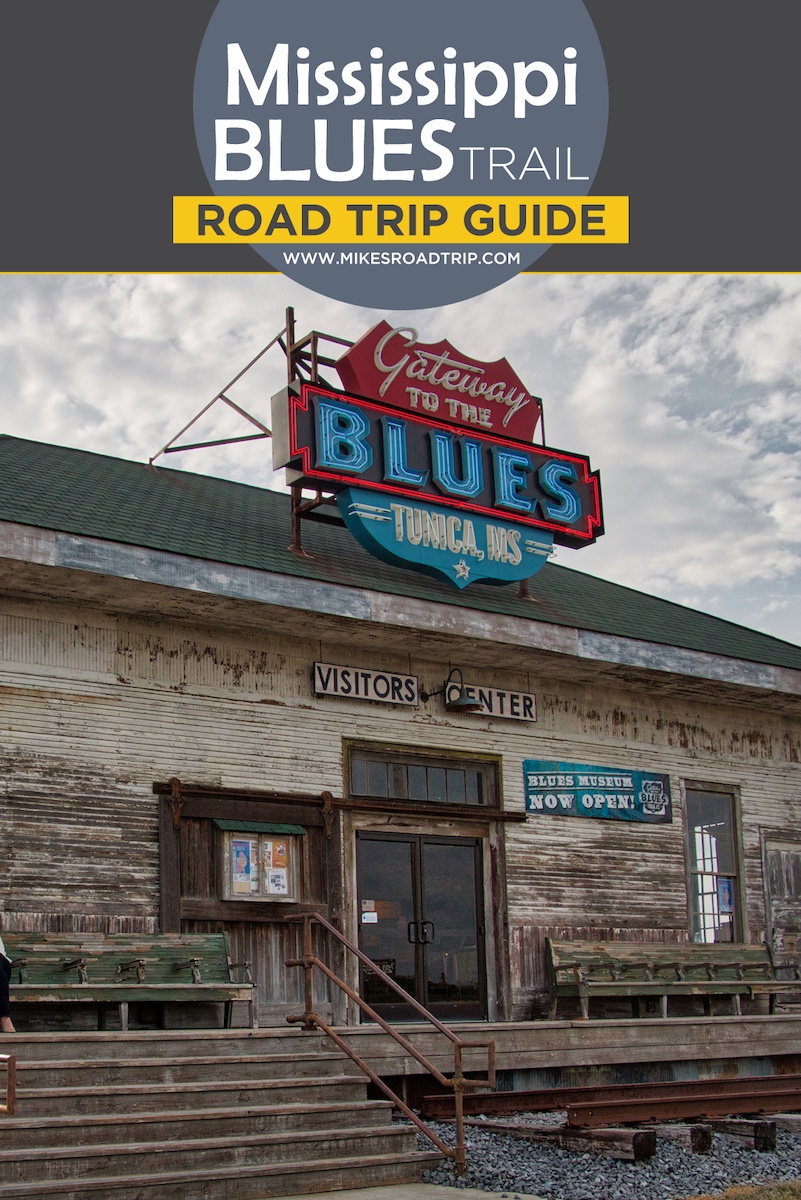
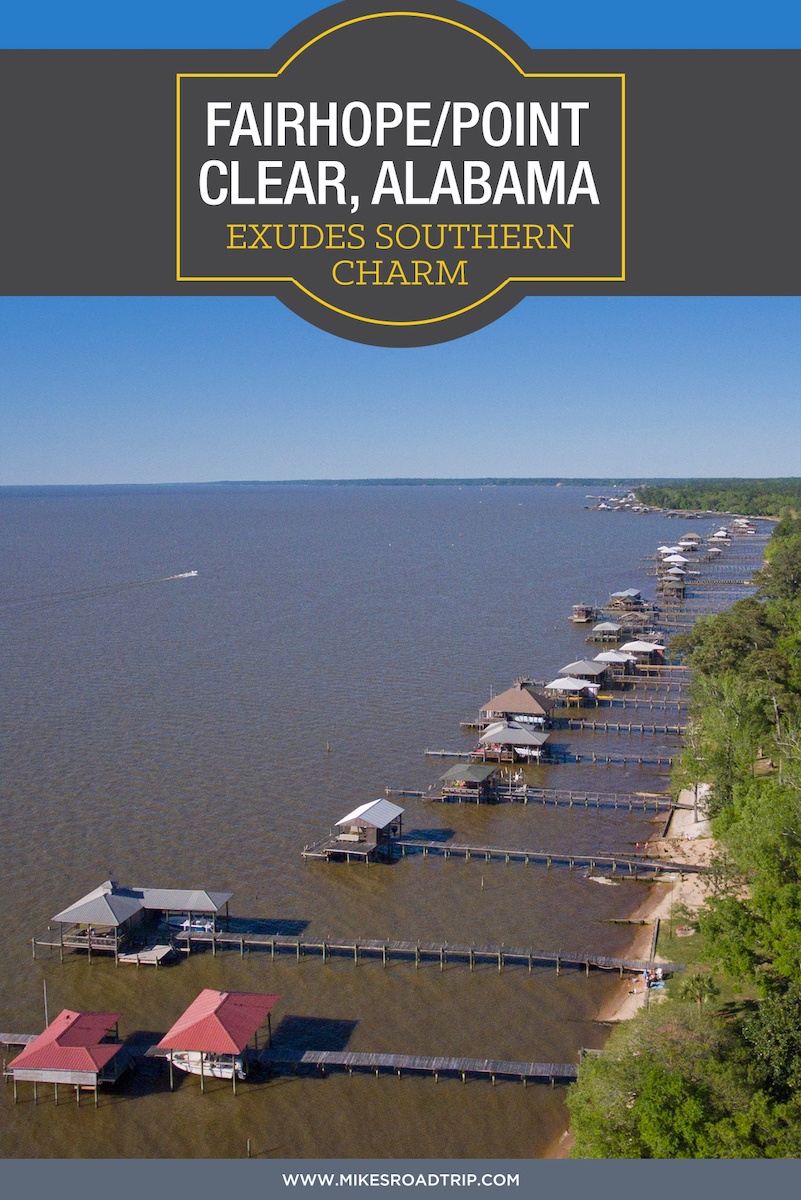

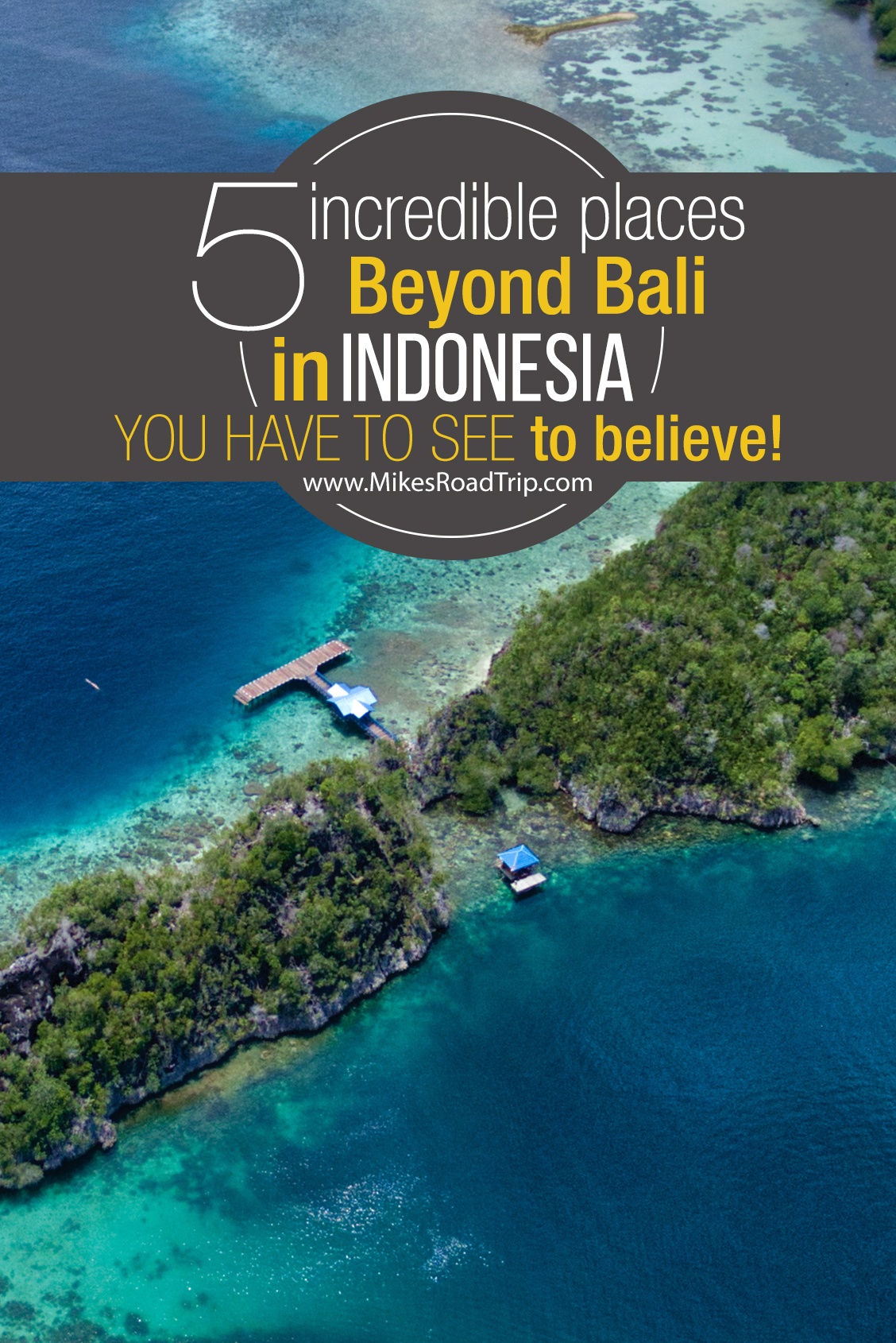


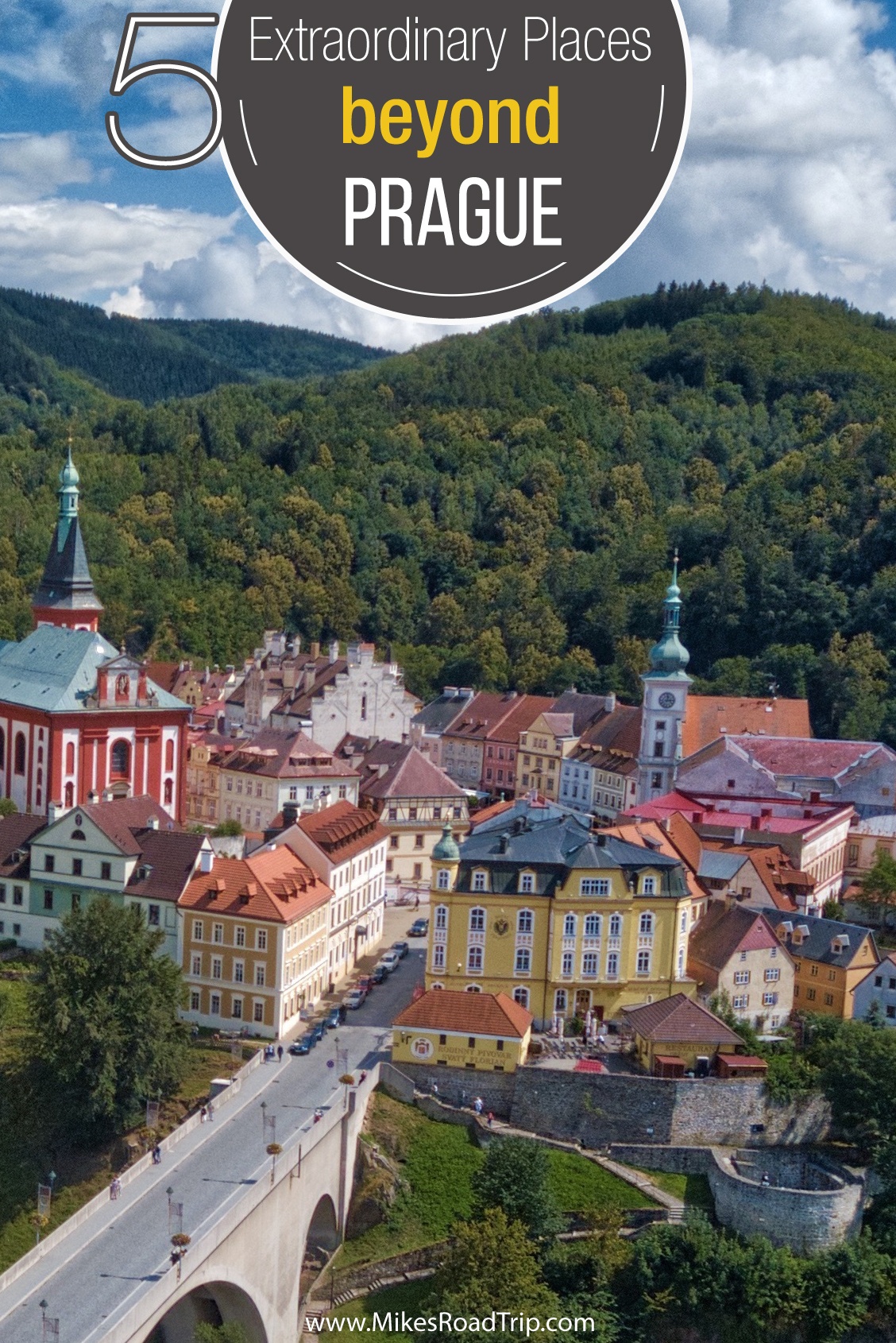
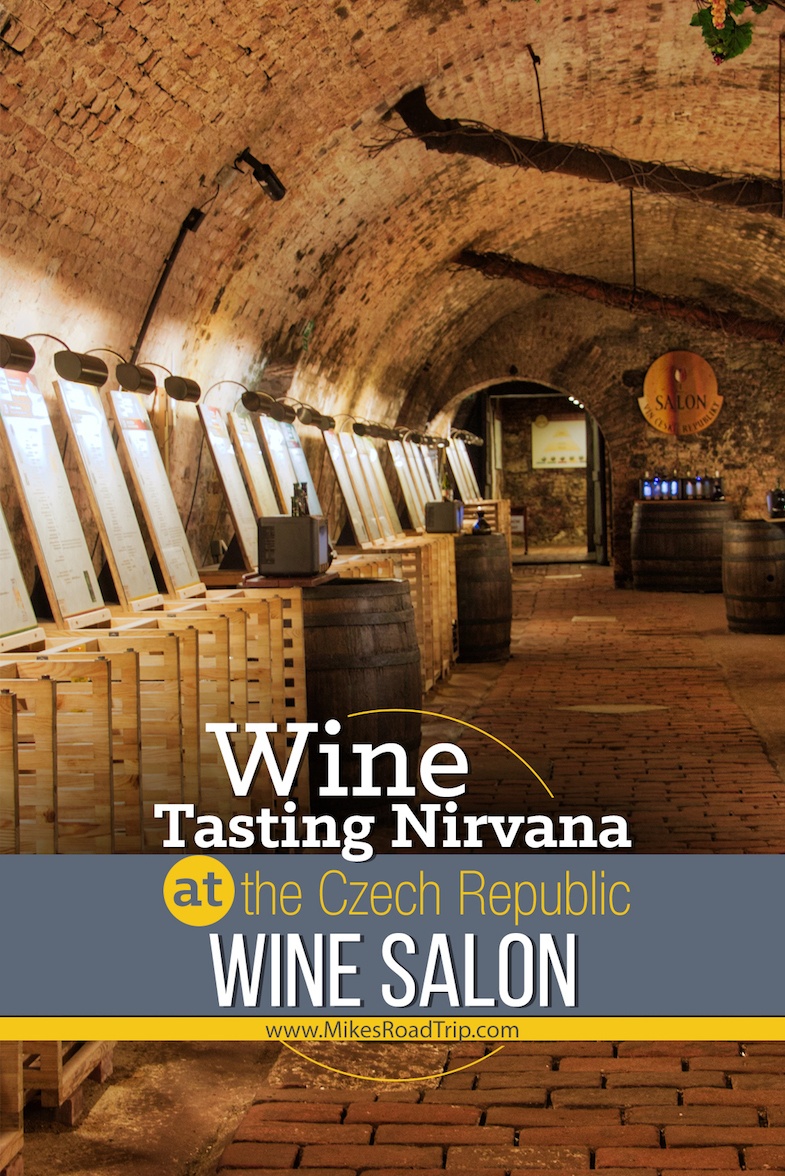
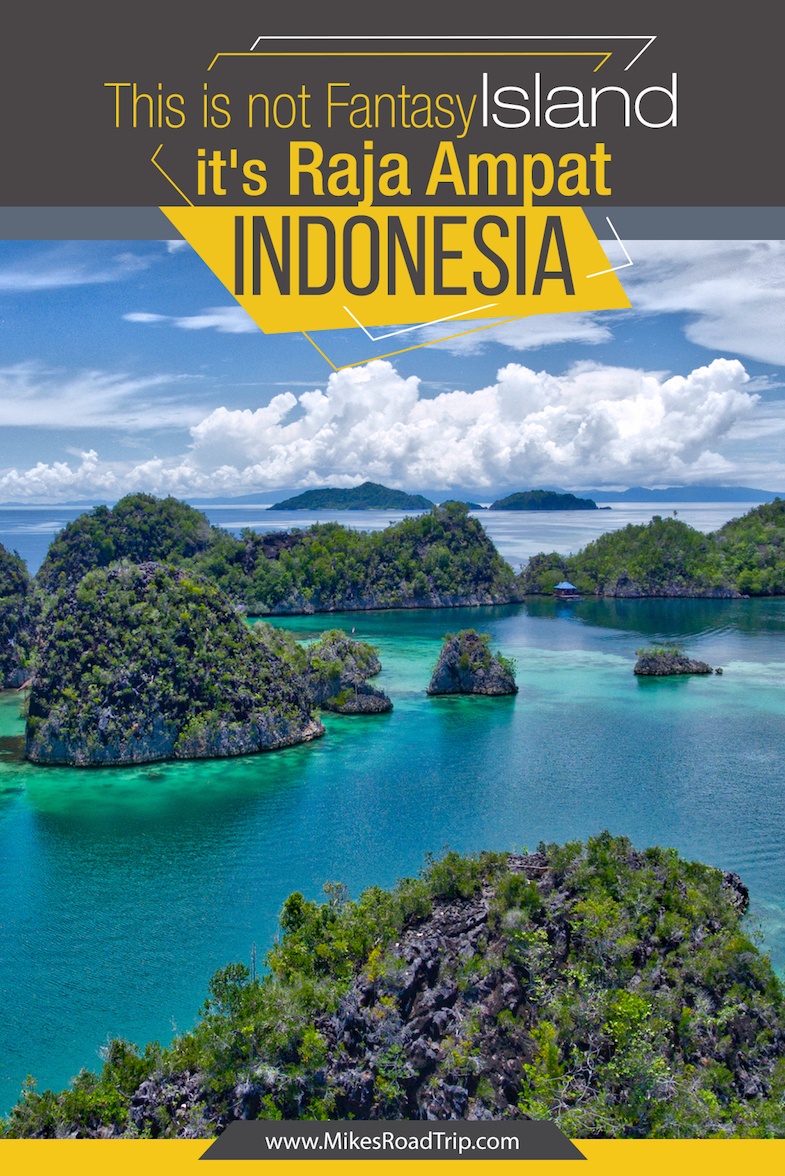
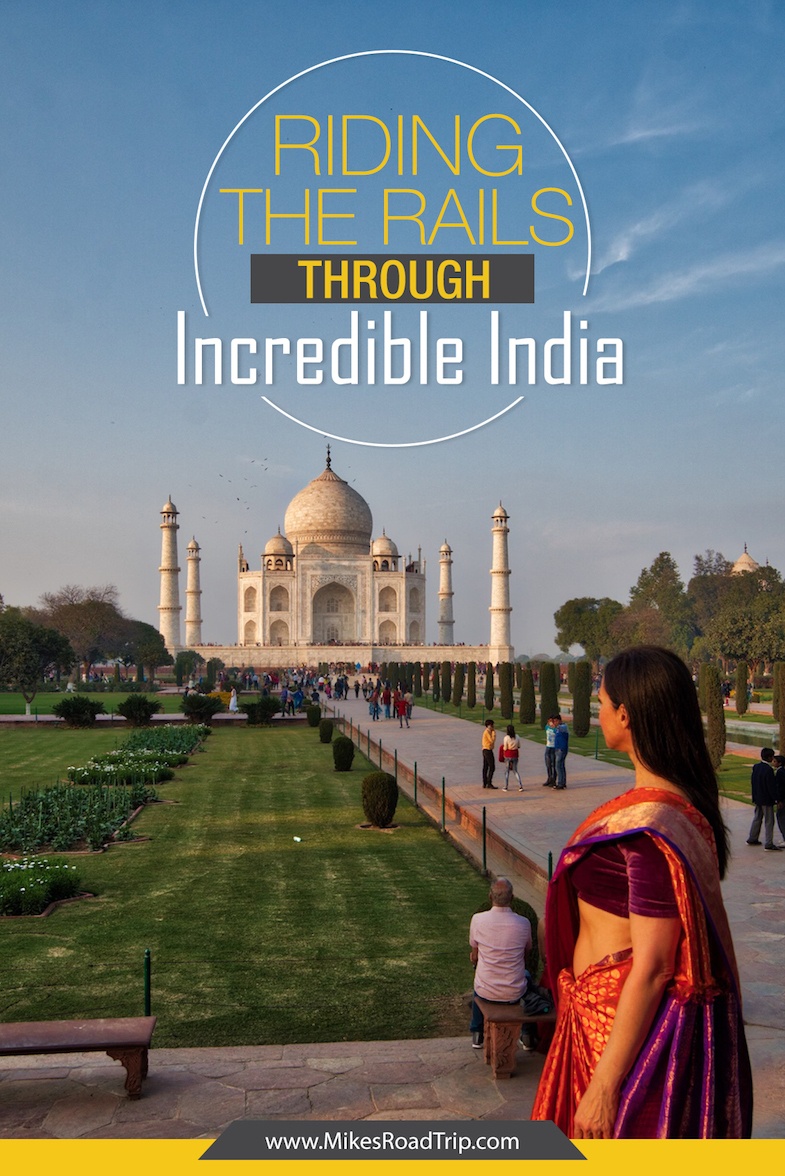
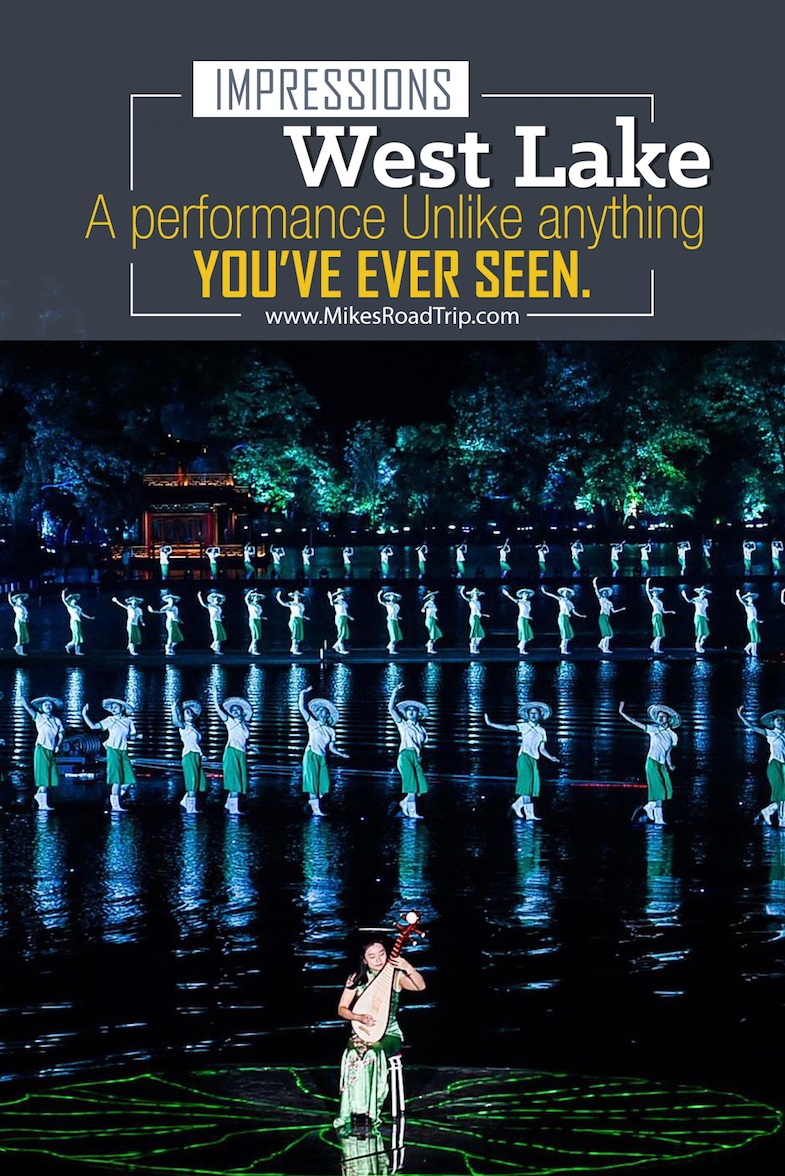
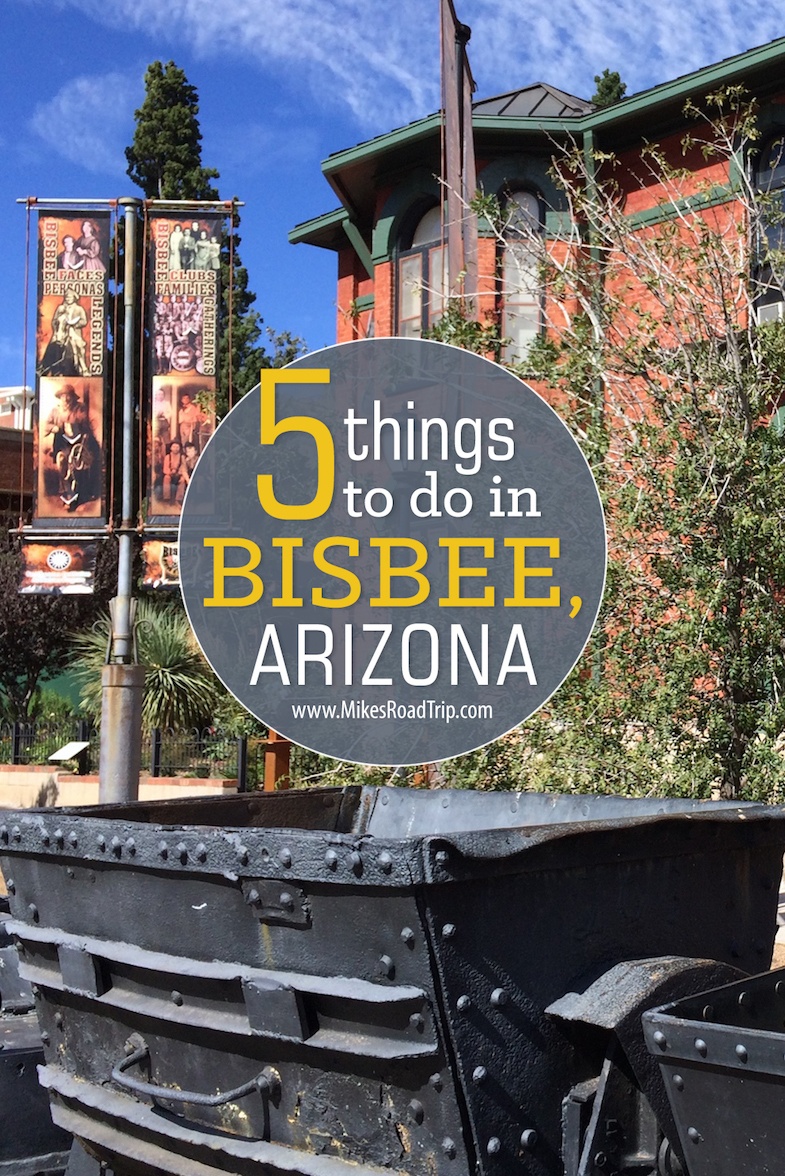
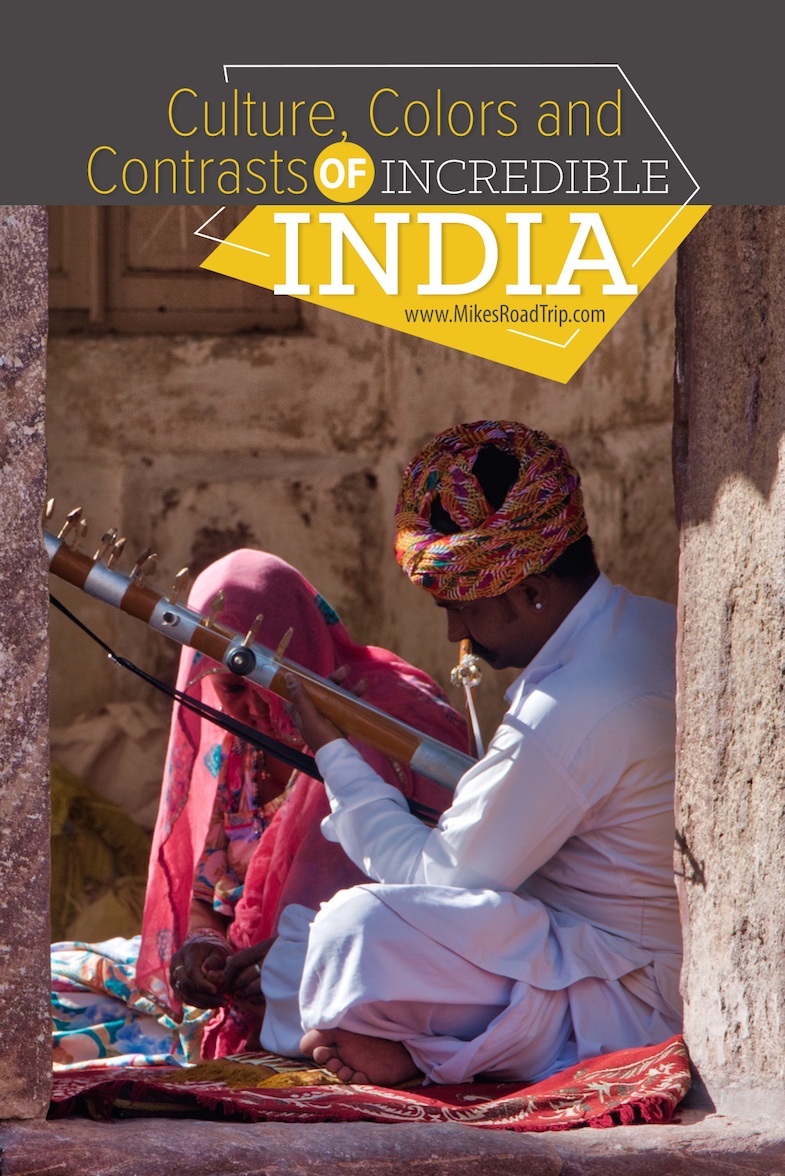
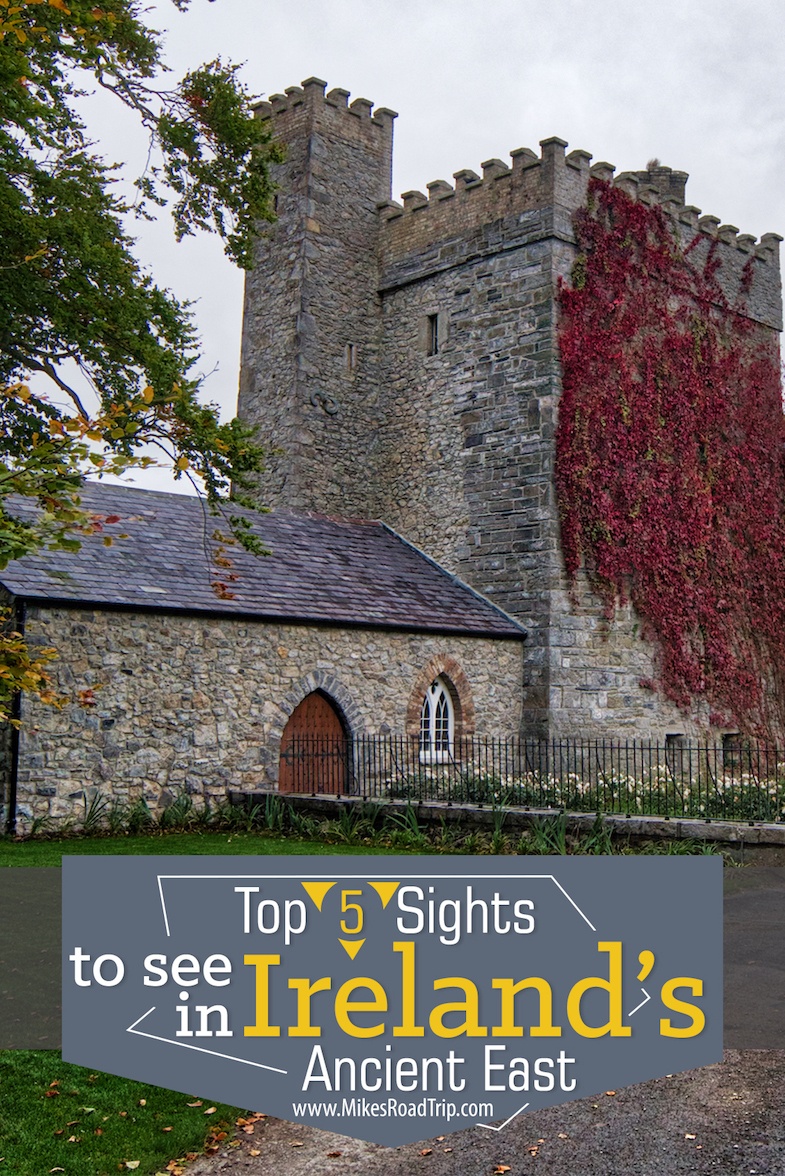
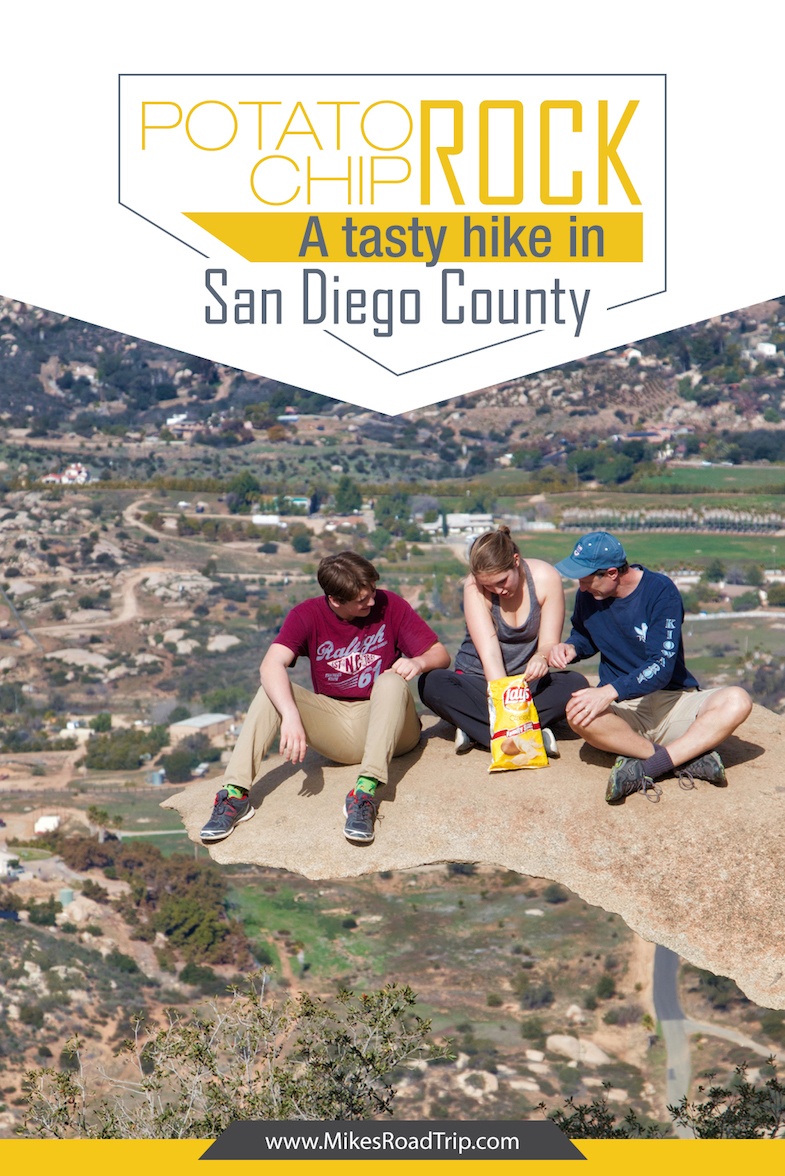
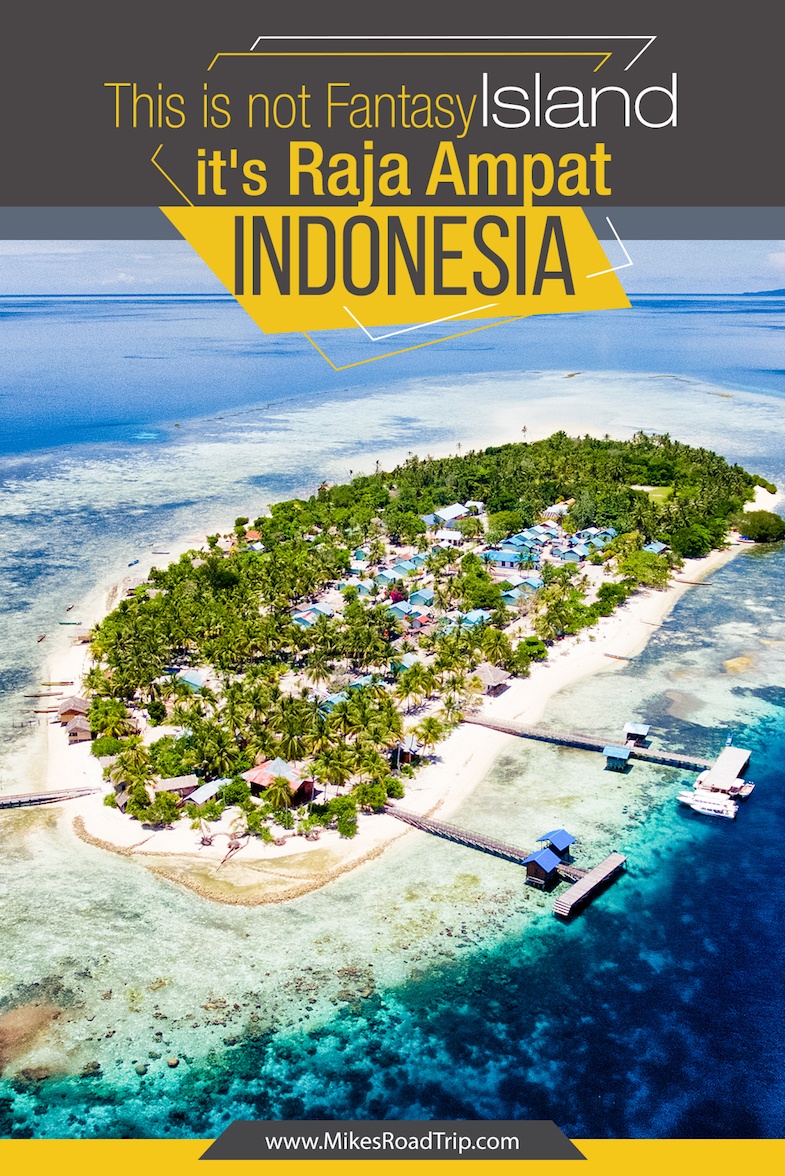

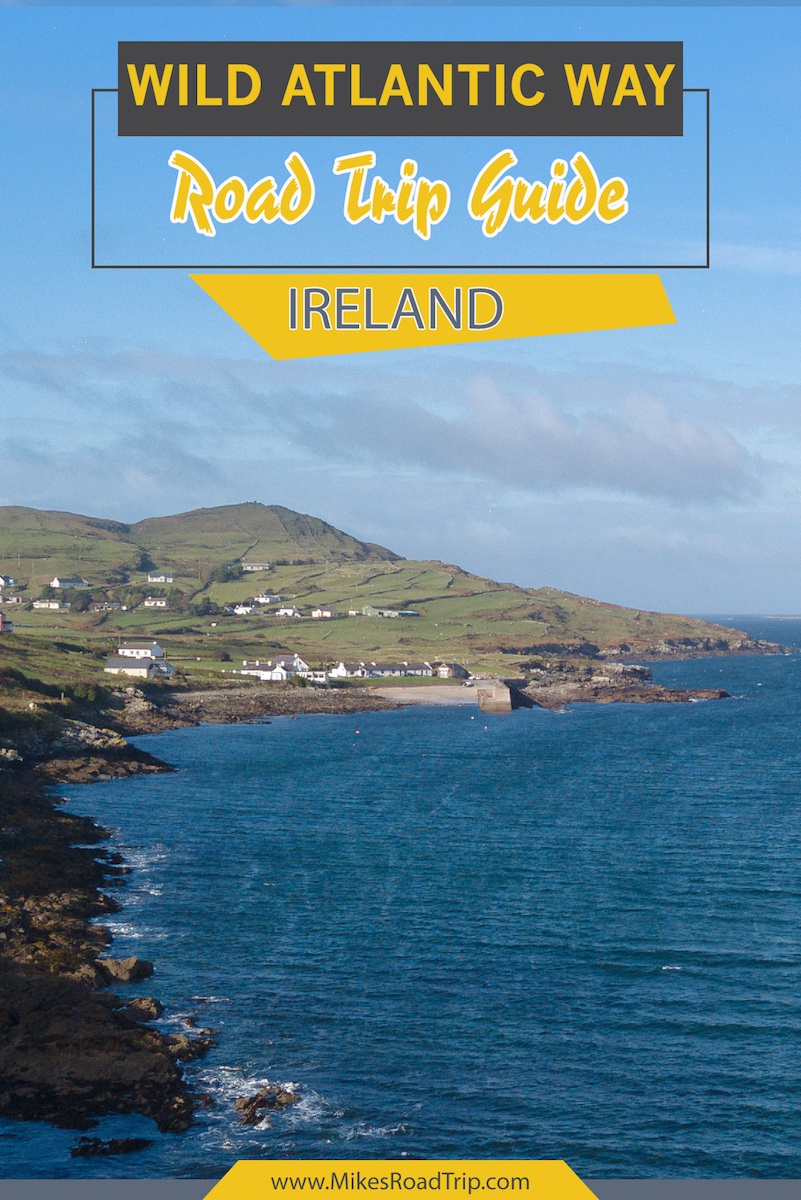


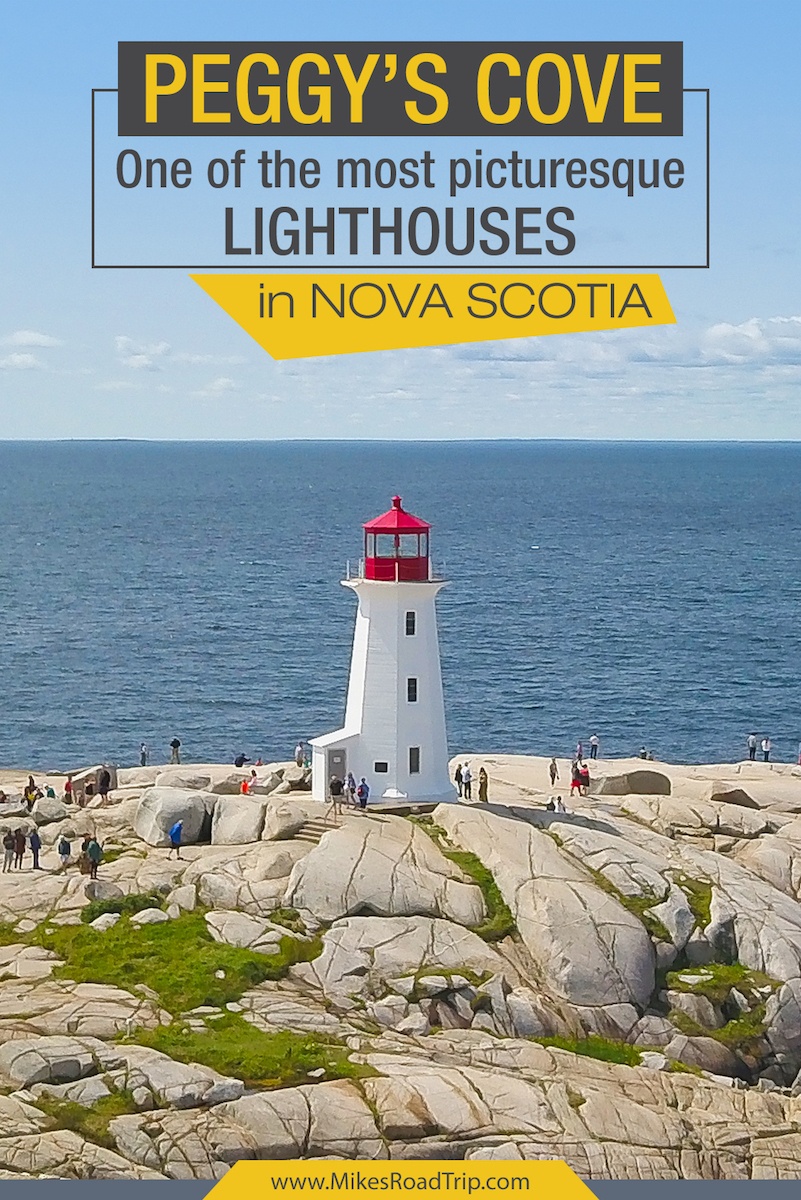


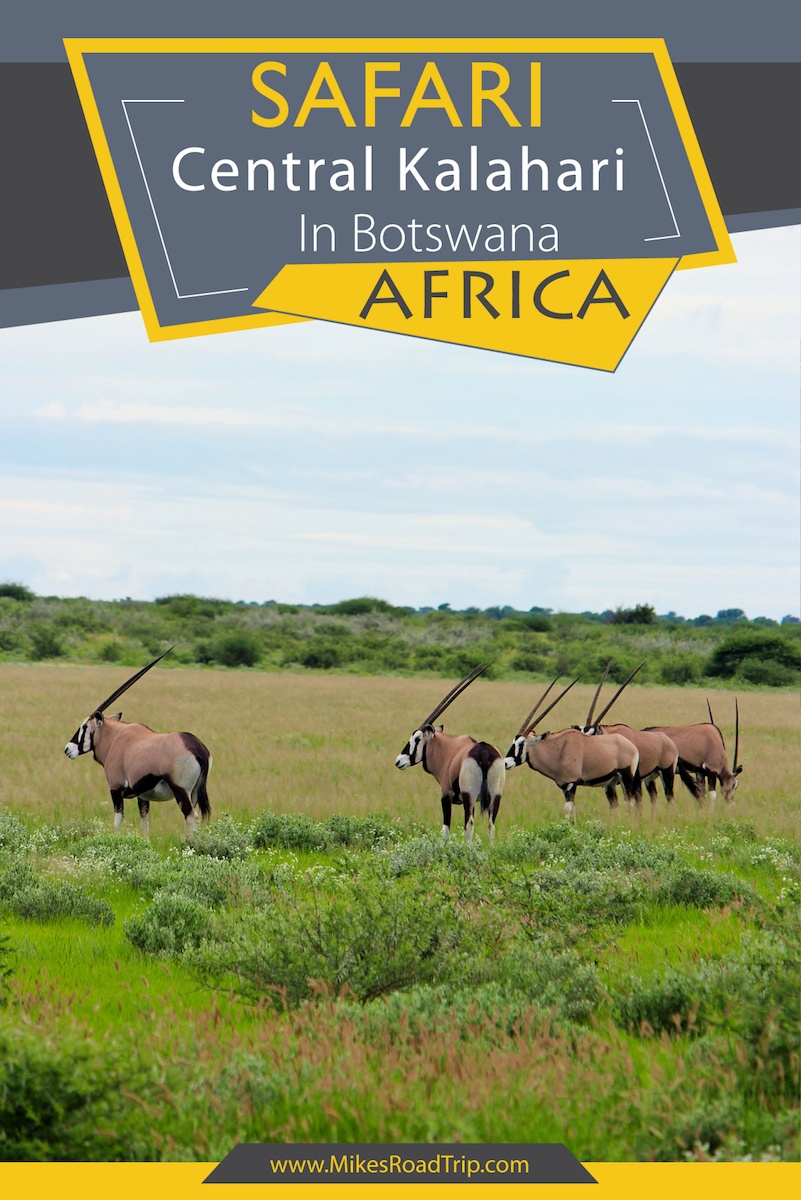
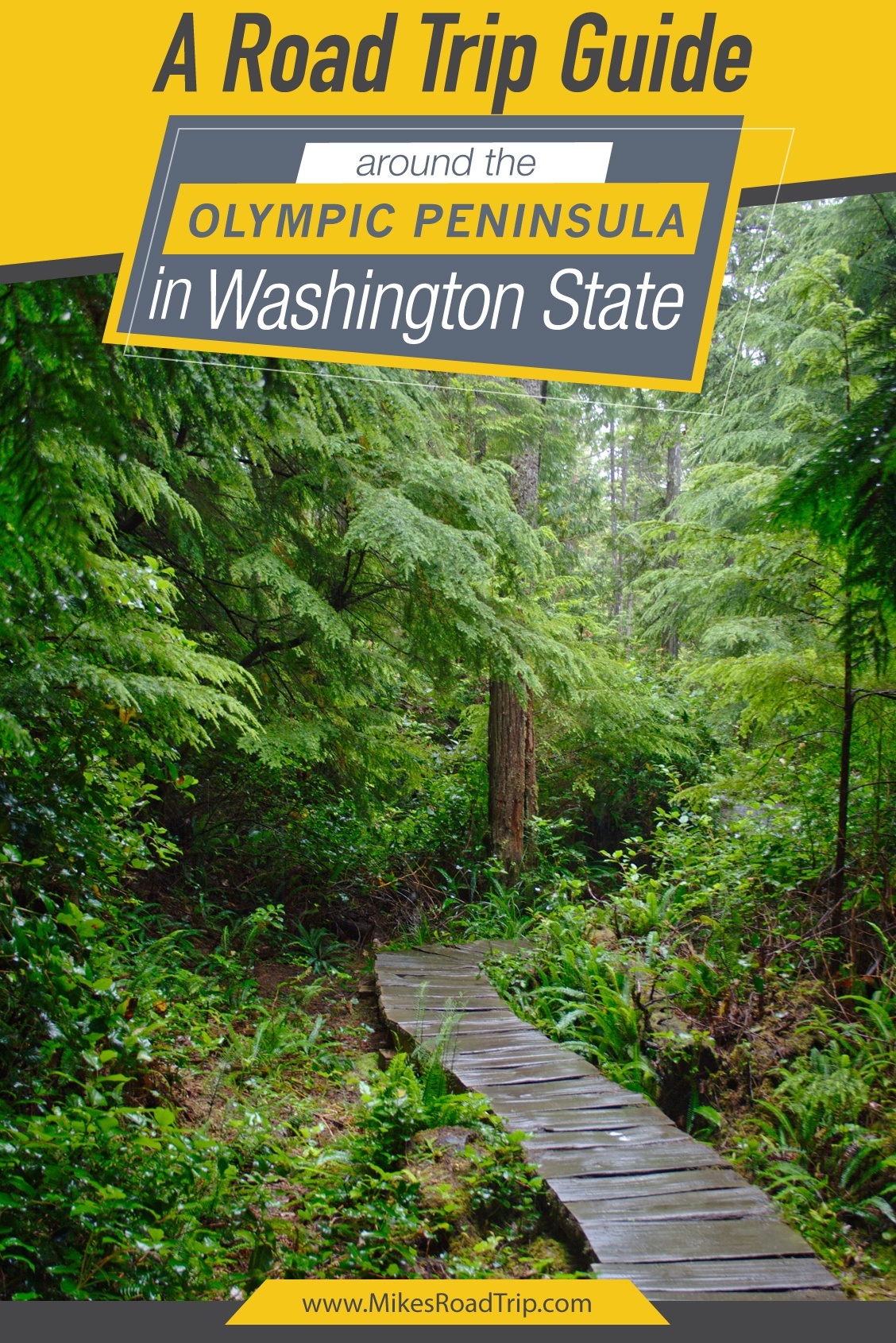

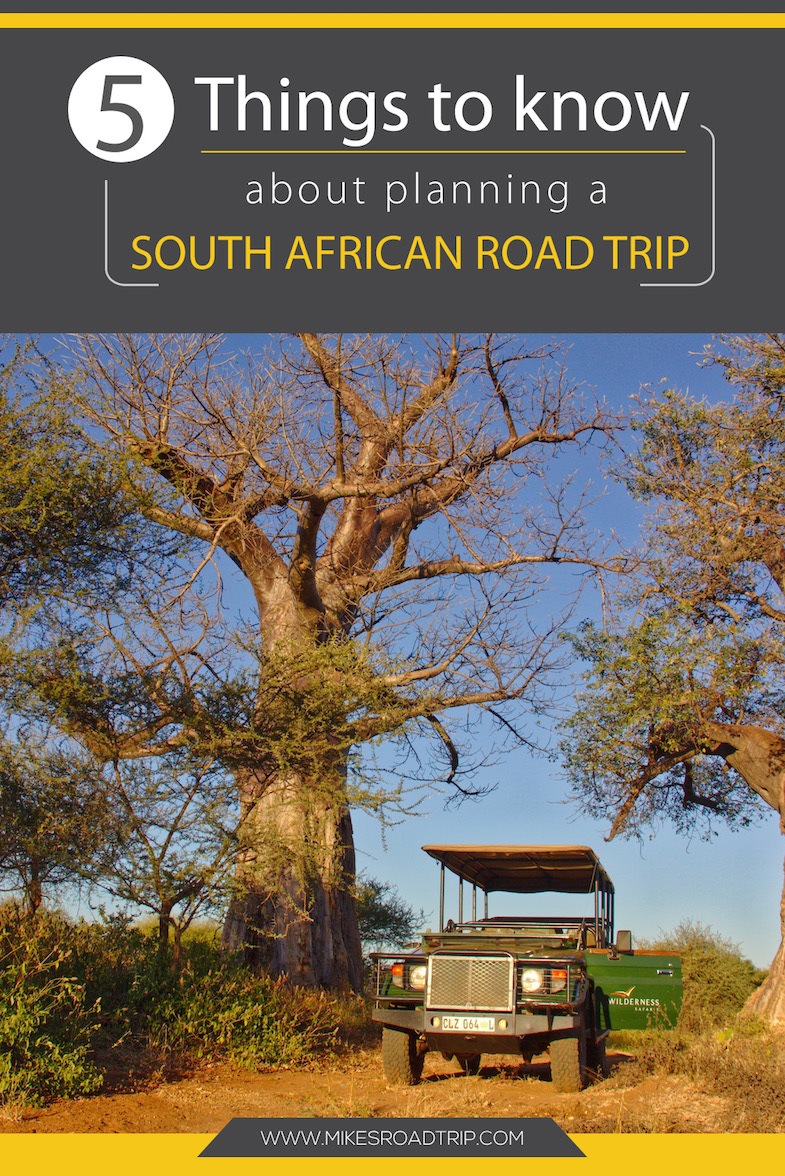
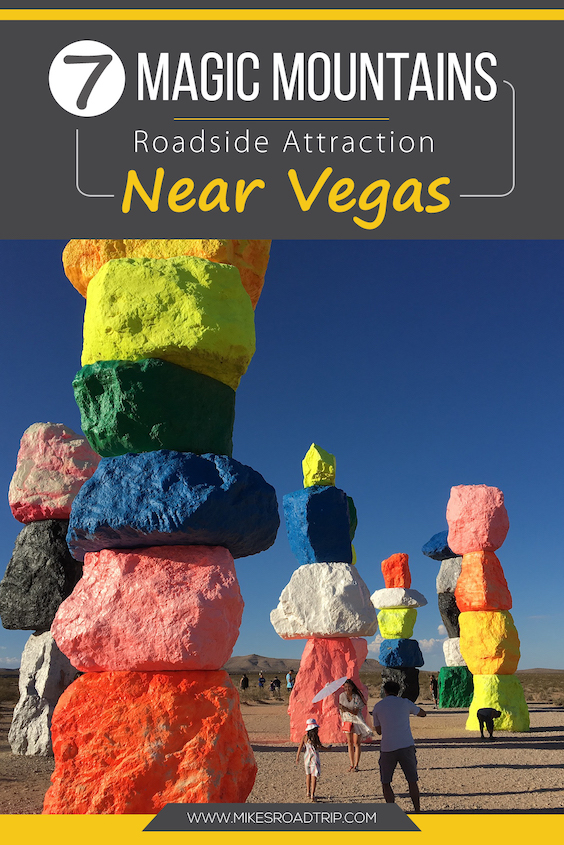
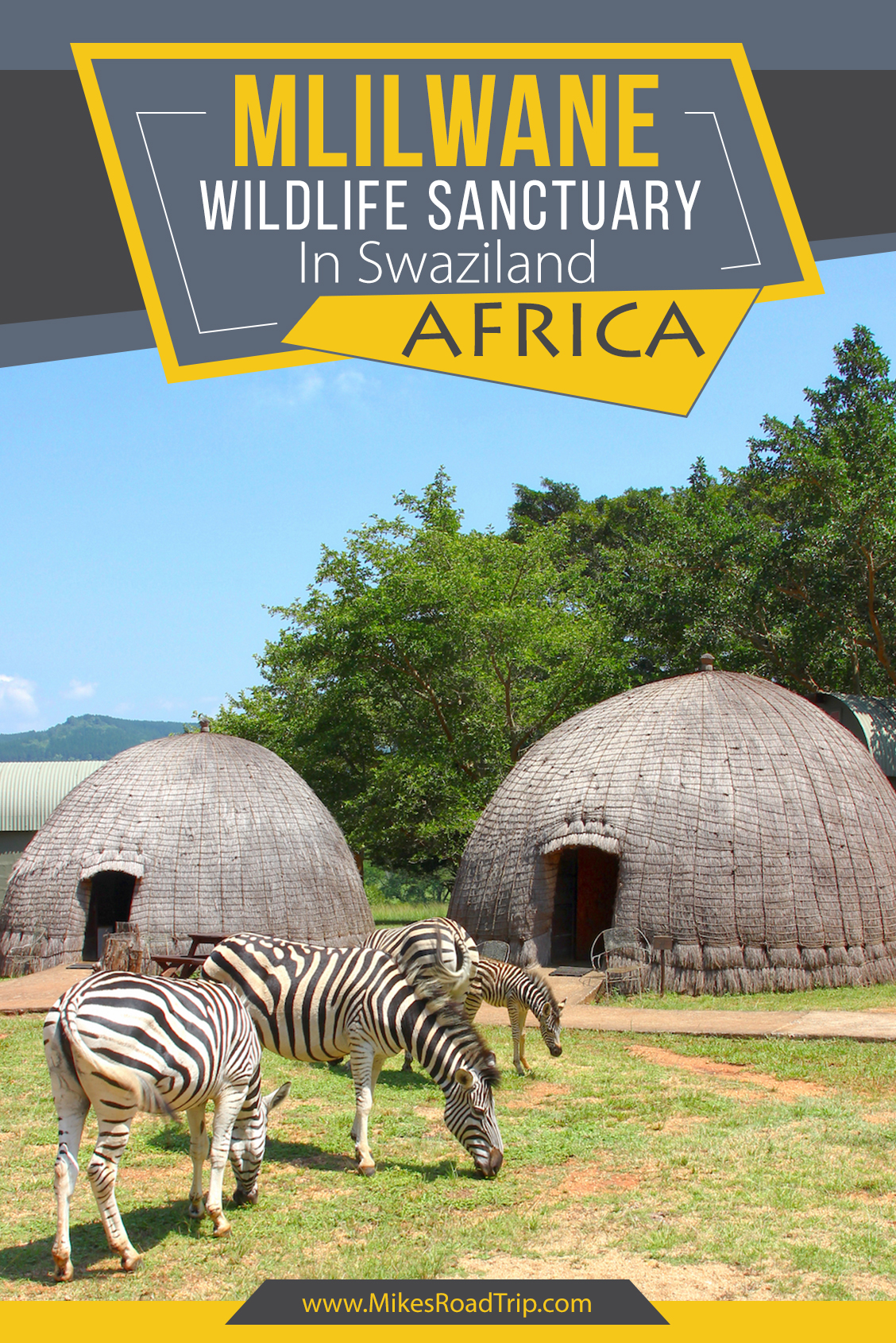


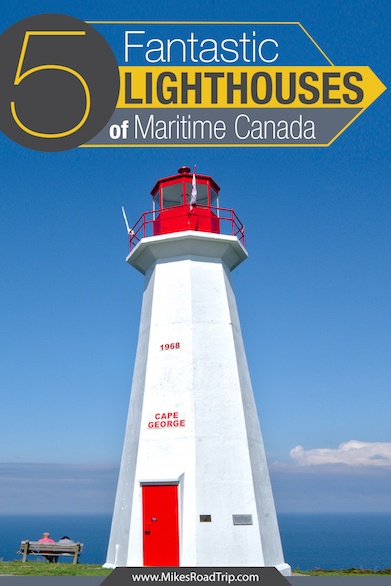
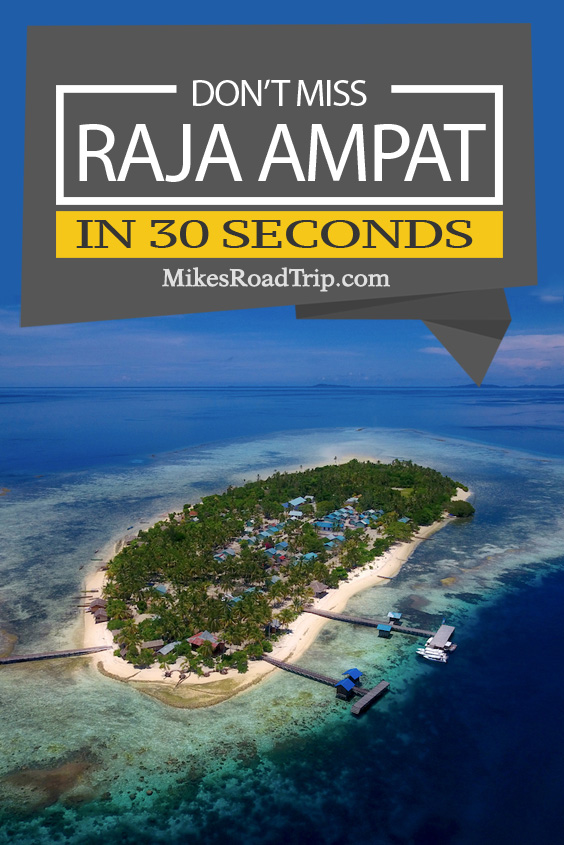
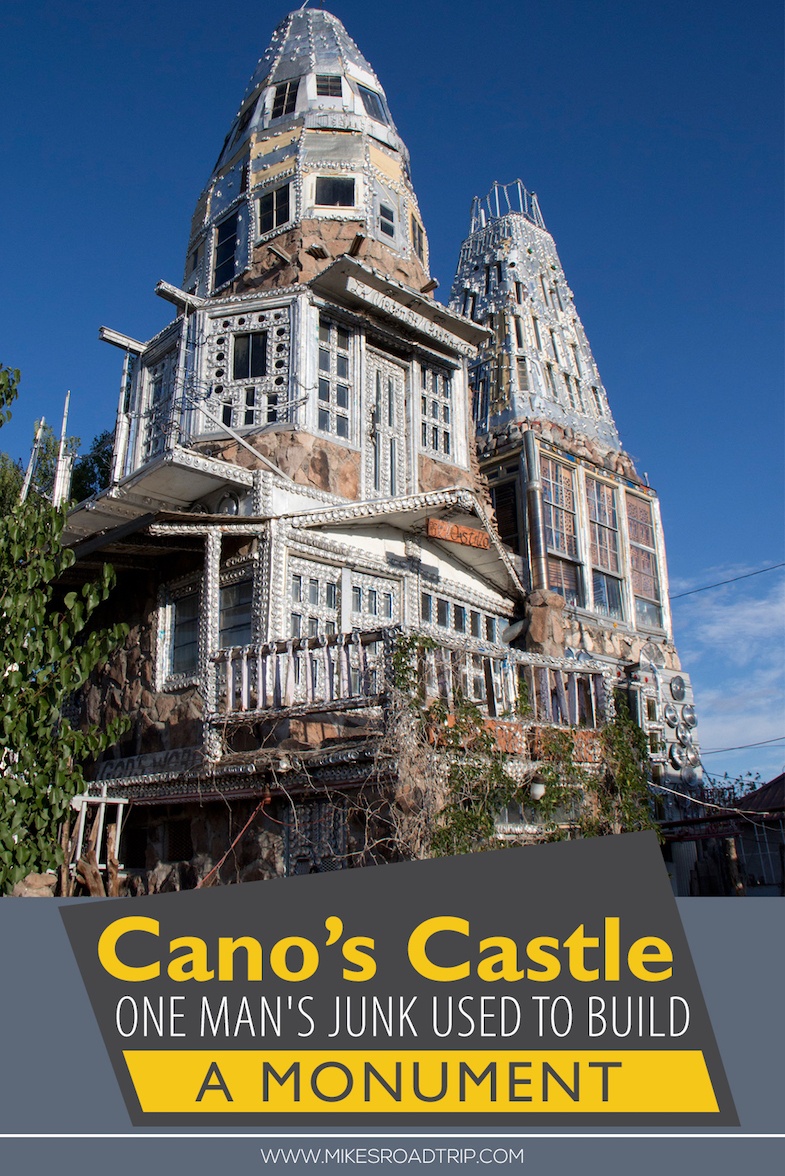
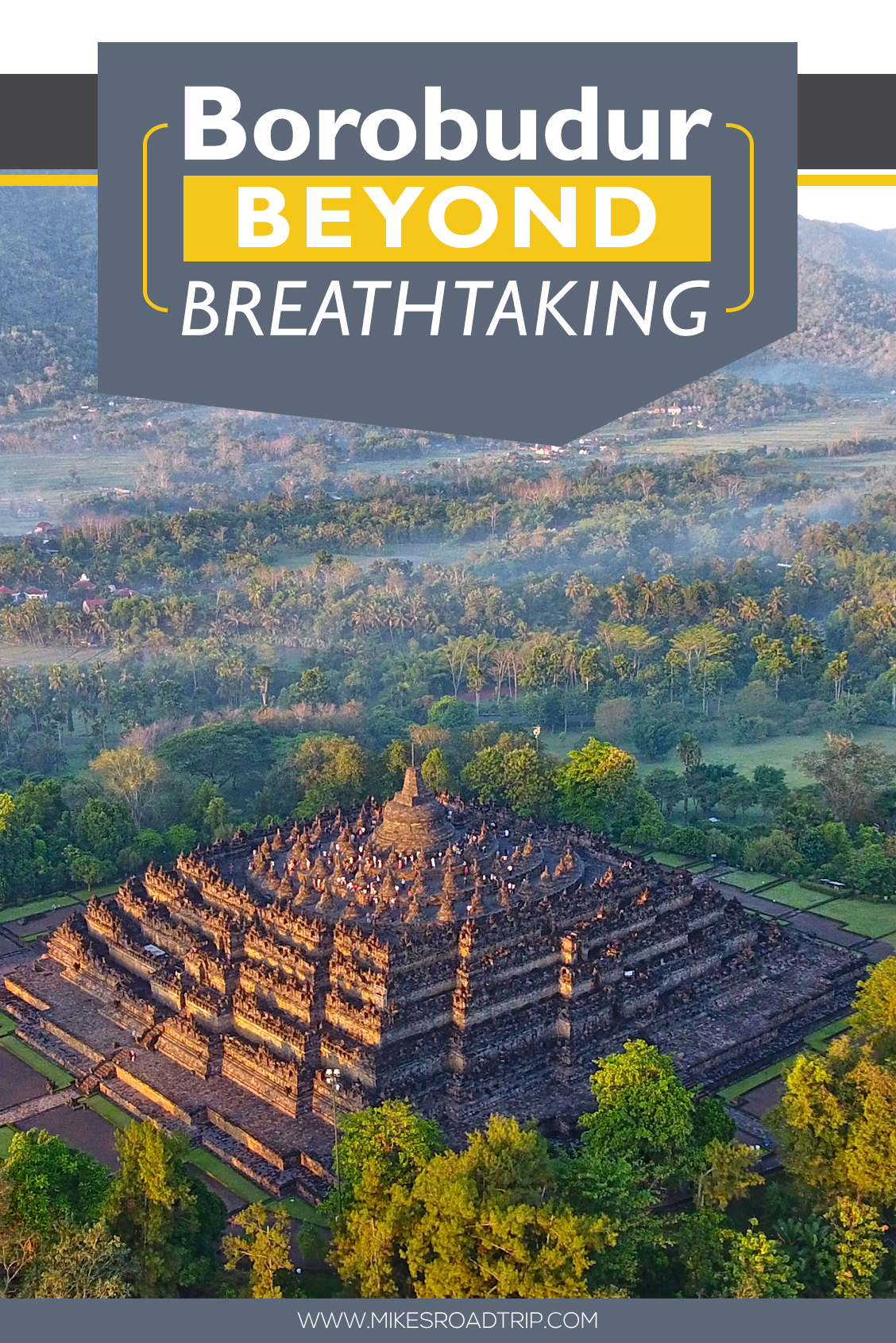
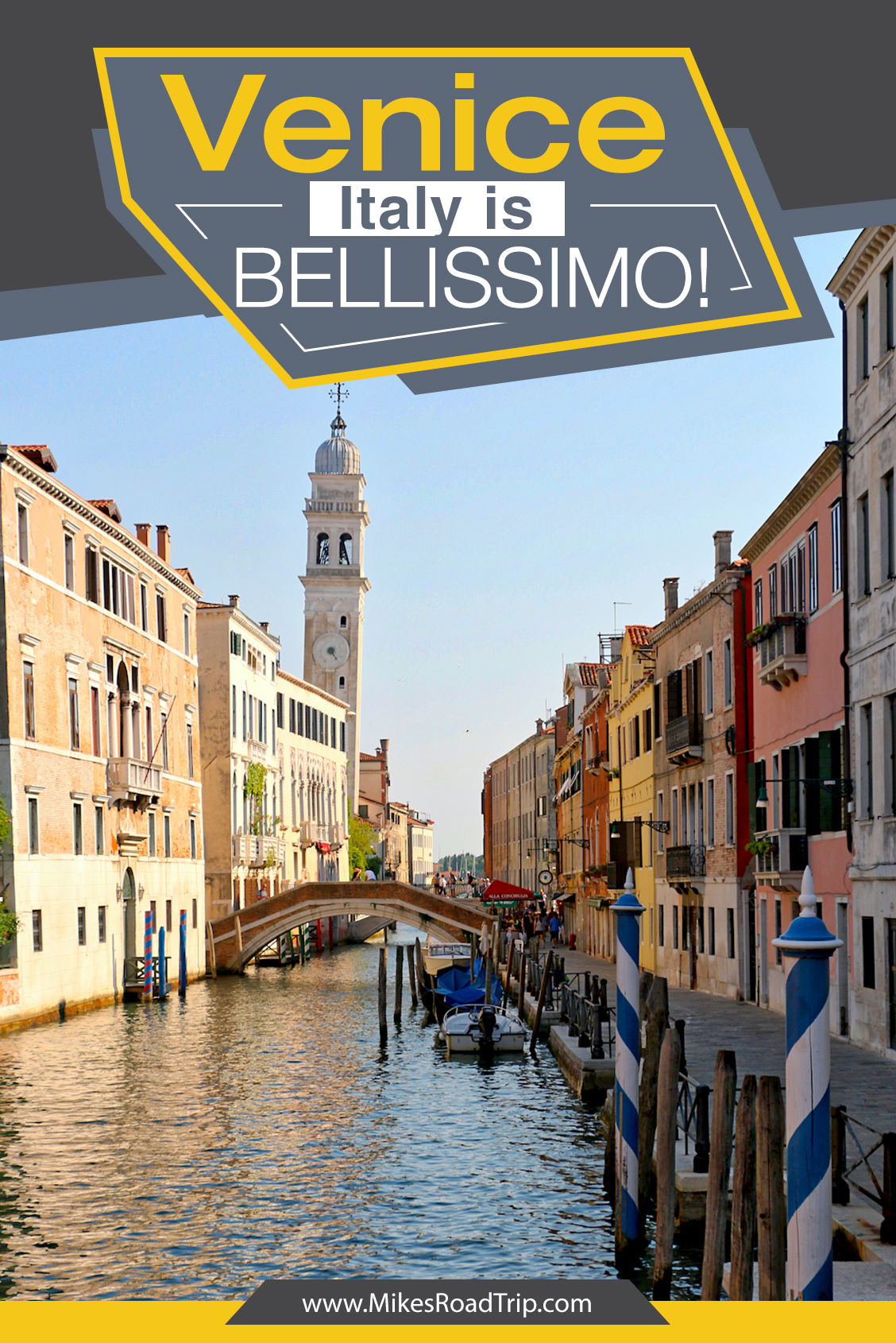

3 Comments
What a great post! You did a fantastic job writing about Chaco Canyon – I hope you enjoyed visiting!
Hey Lynn…thanks so much! Really appreciate it. I really want to go back…such a cool place. Cheers!
Fantastic post! Never been to that part of the world. Beautiful pictures!